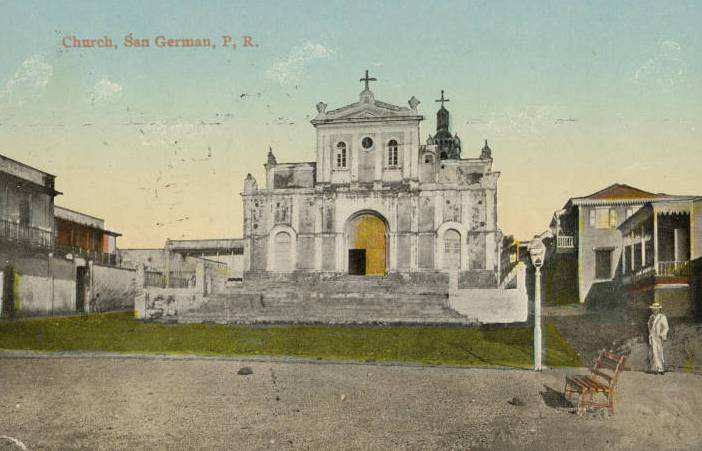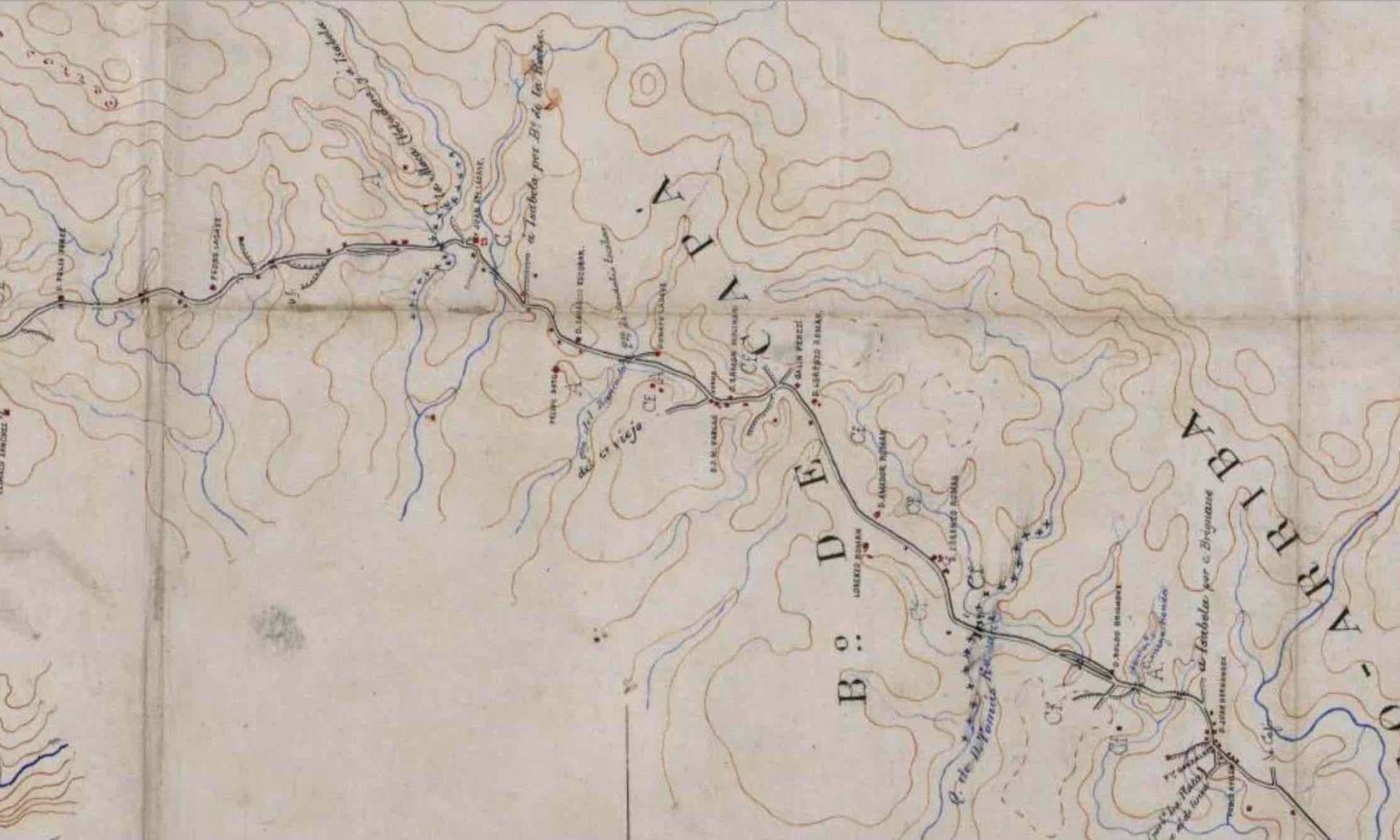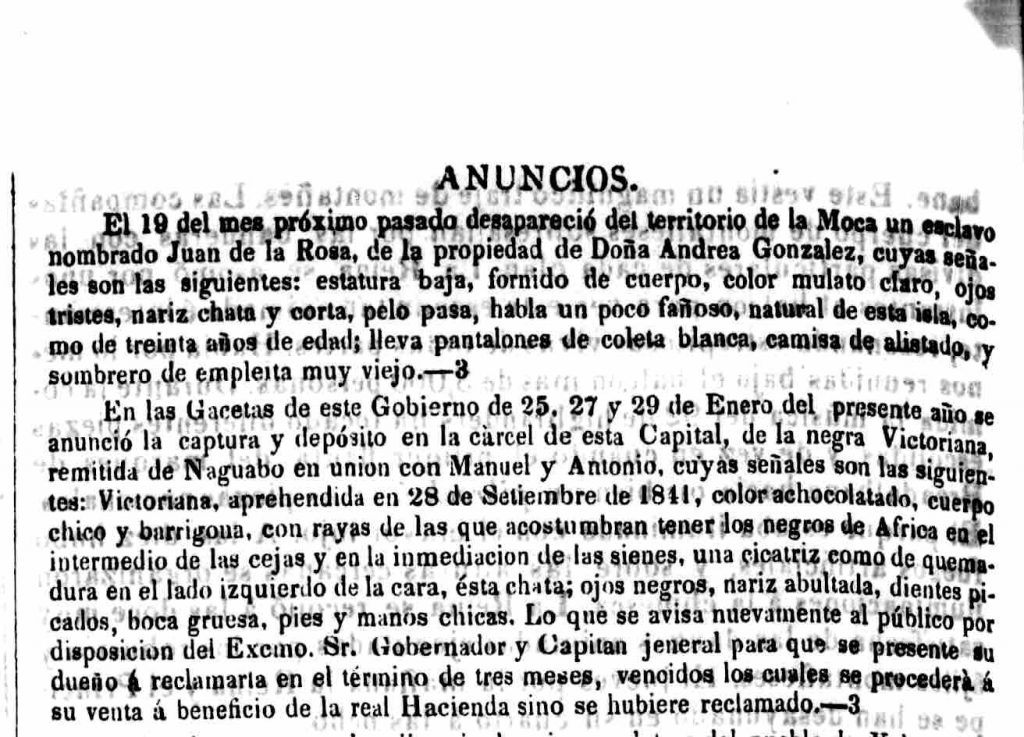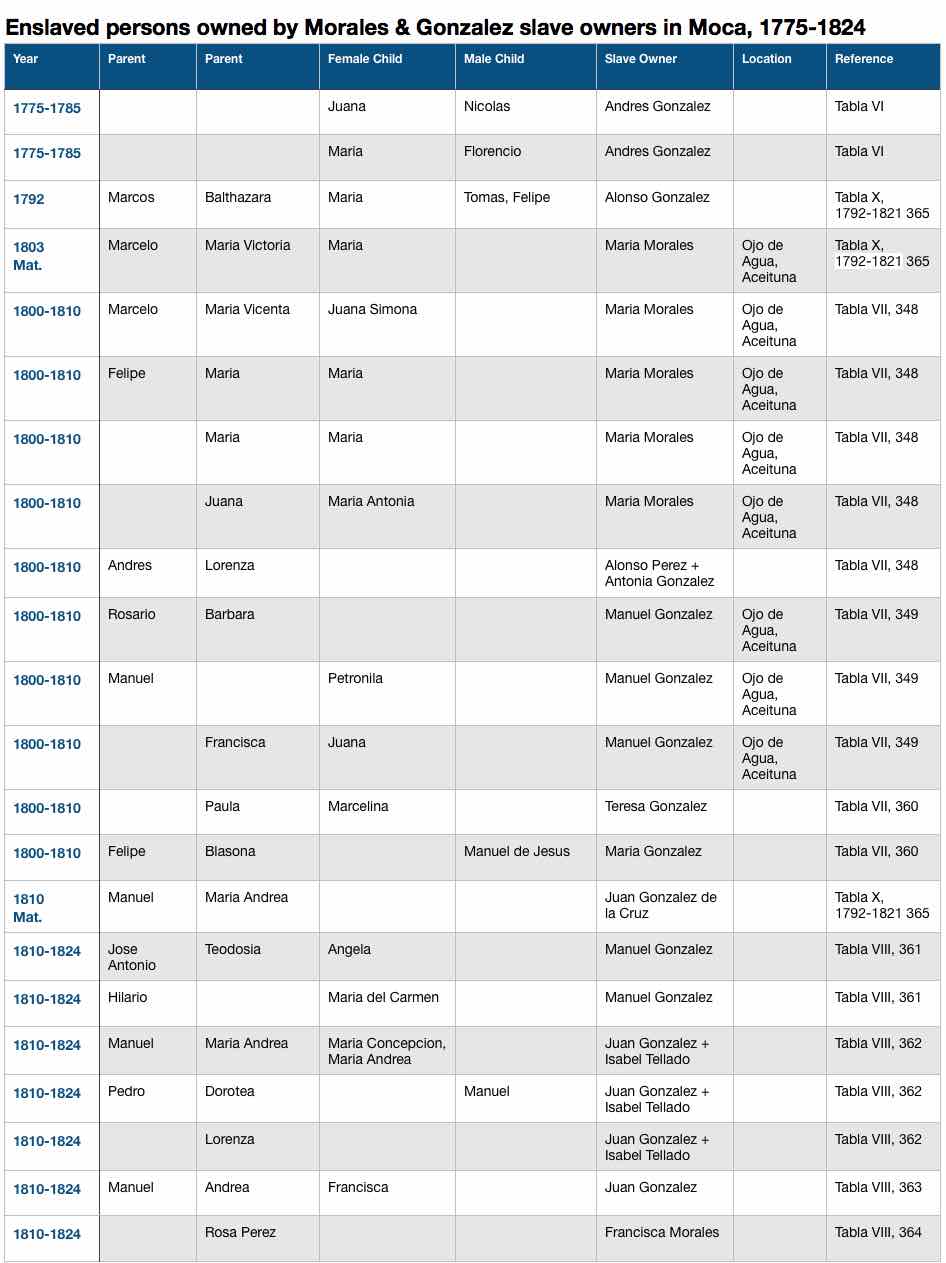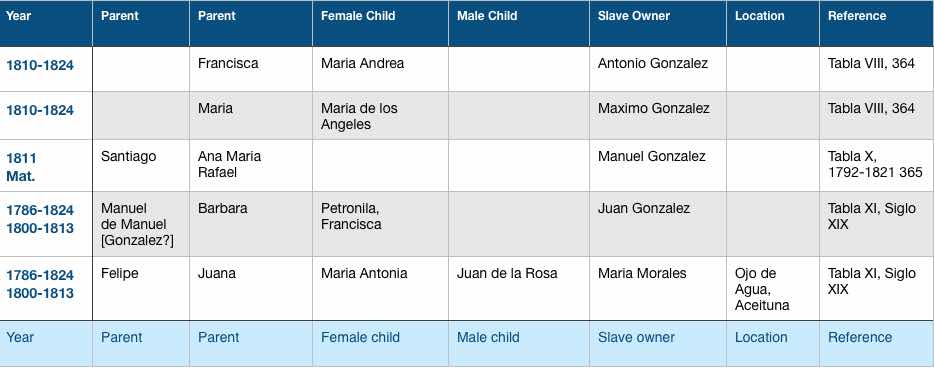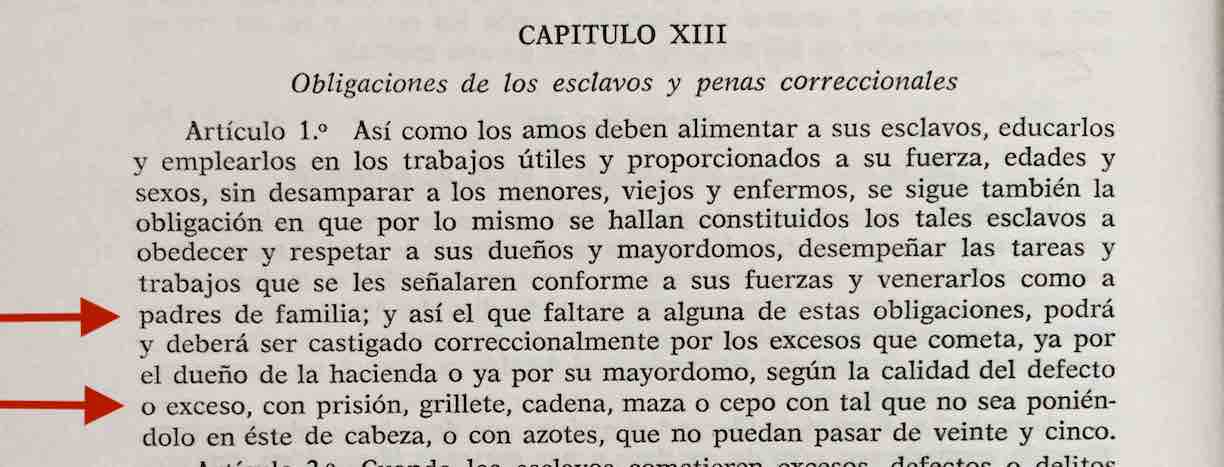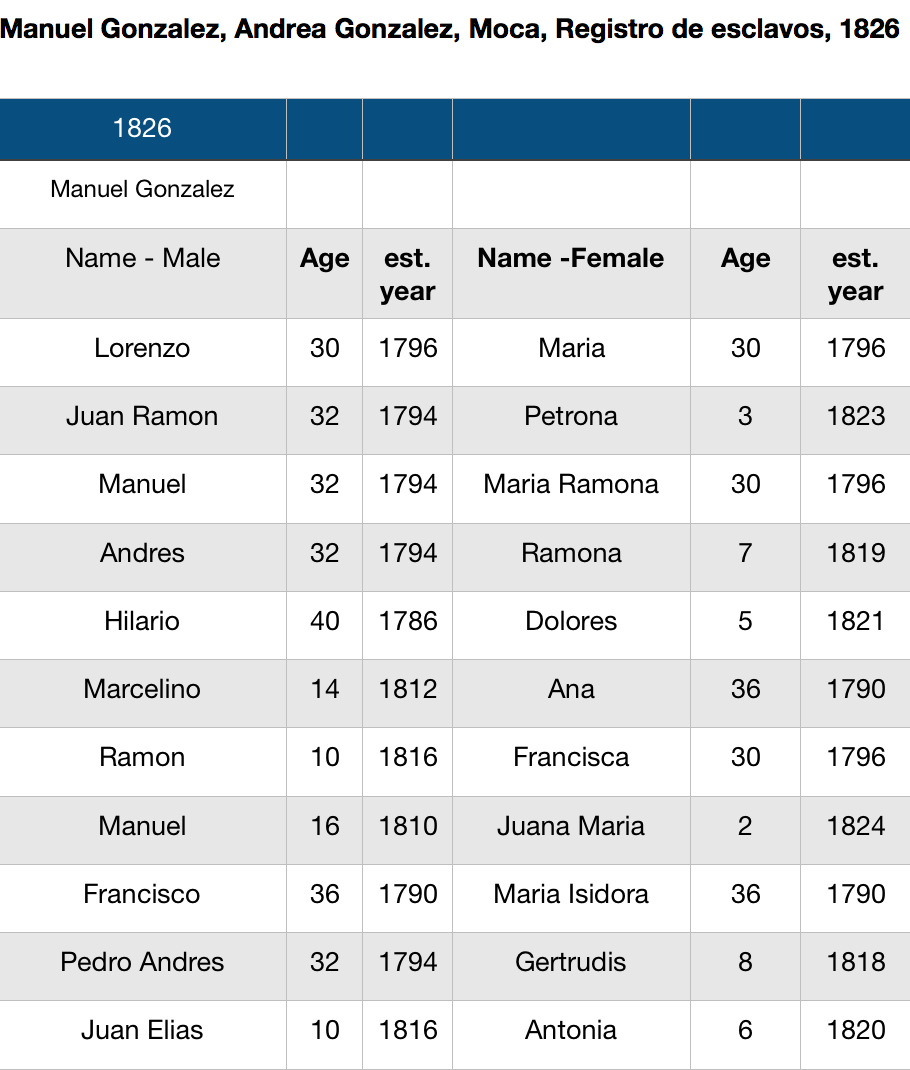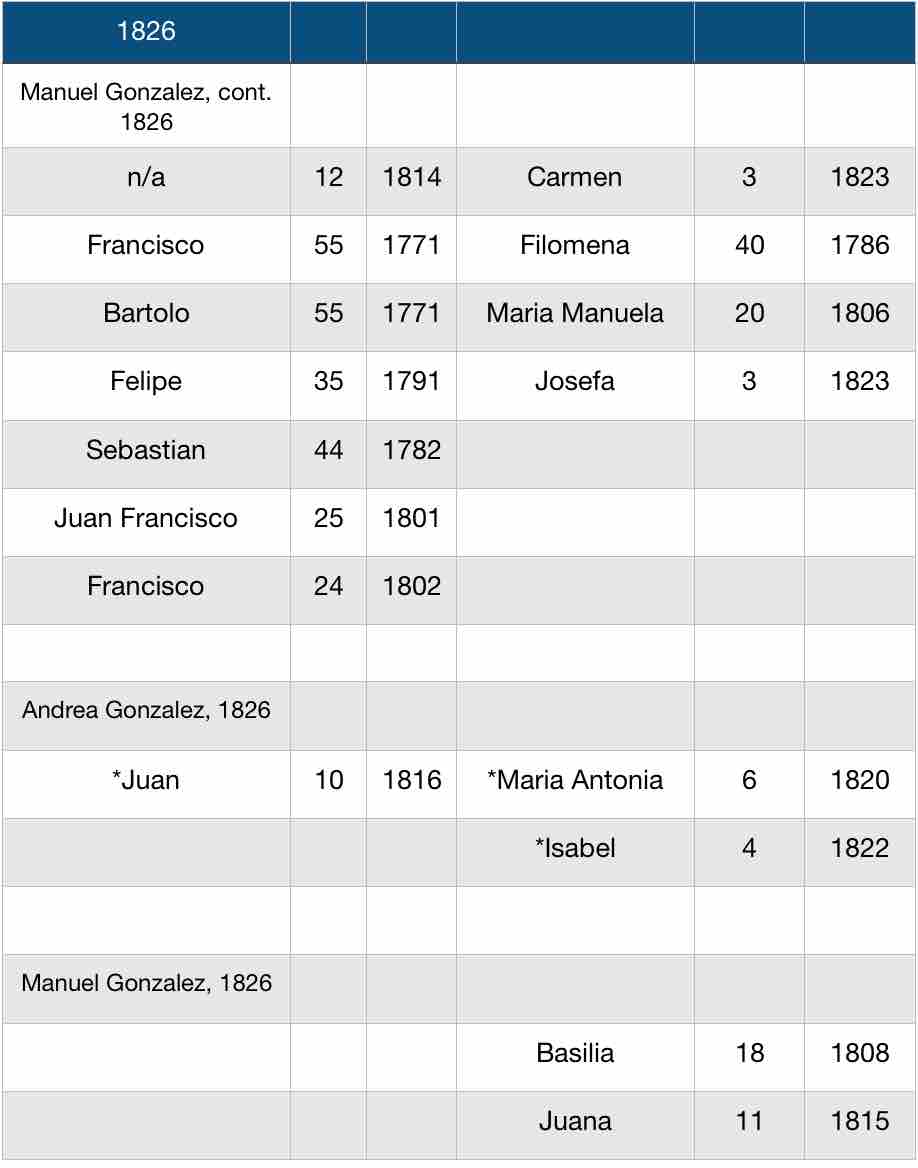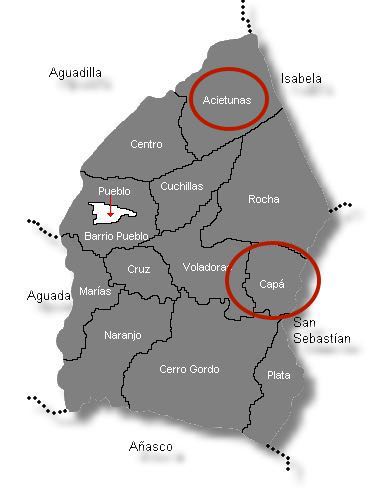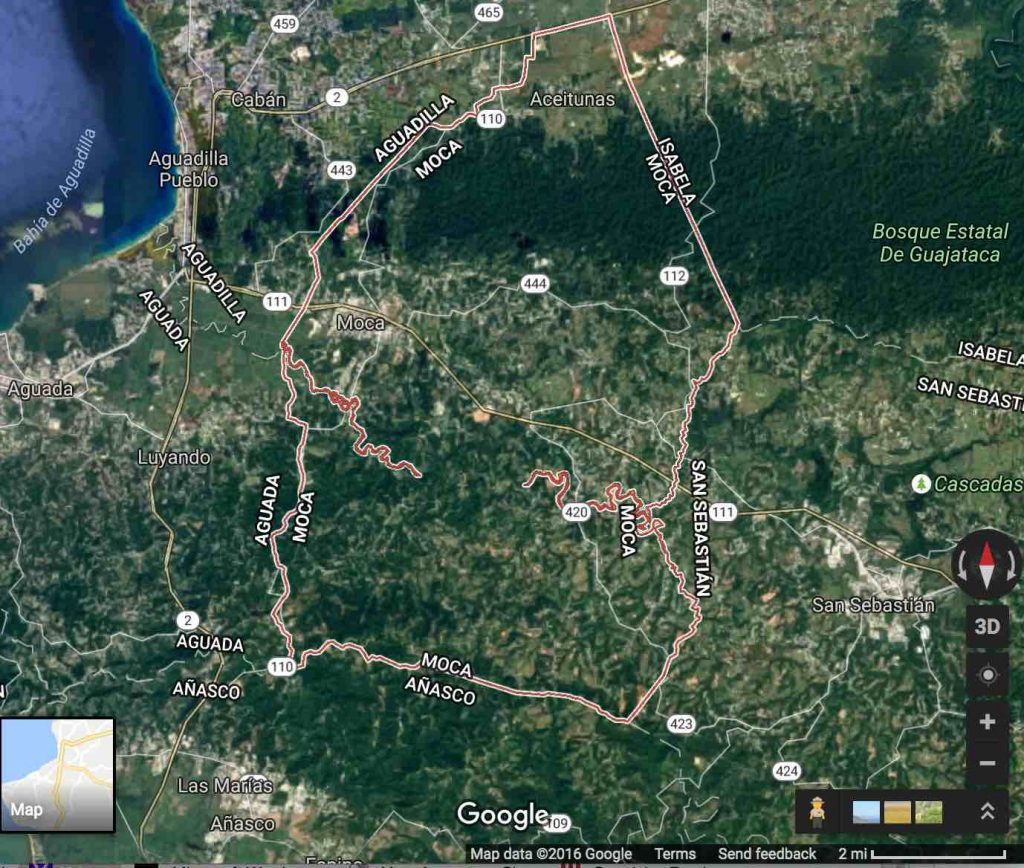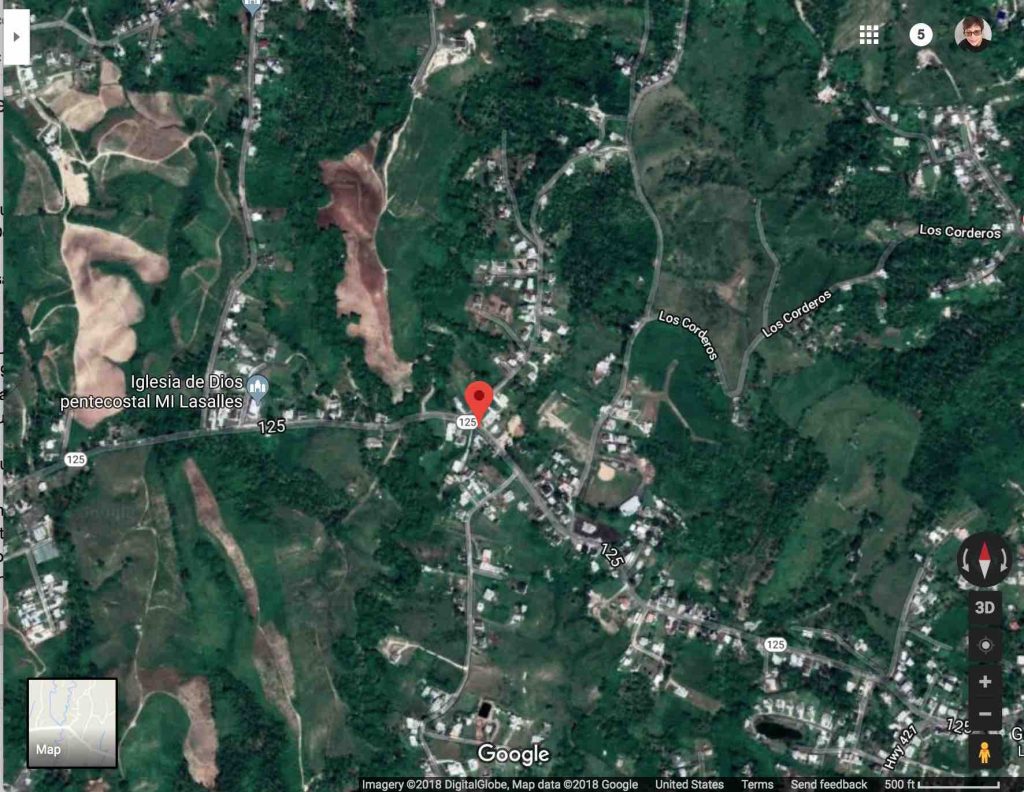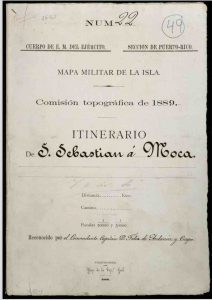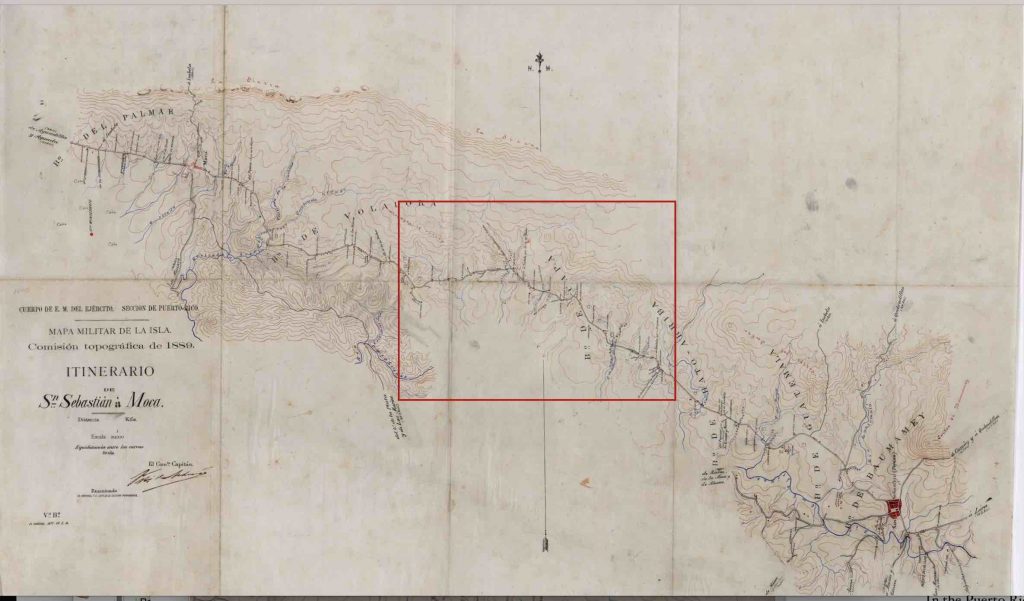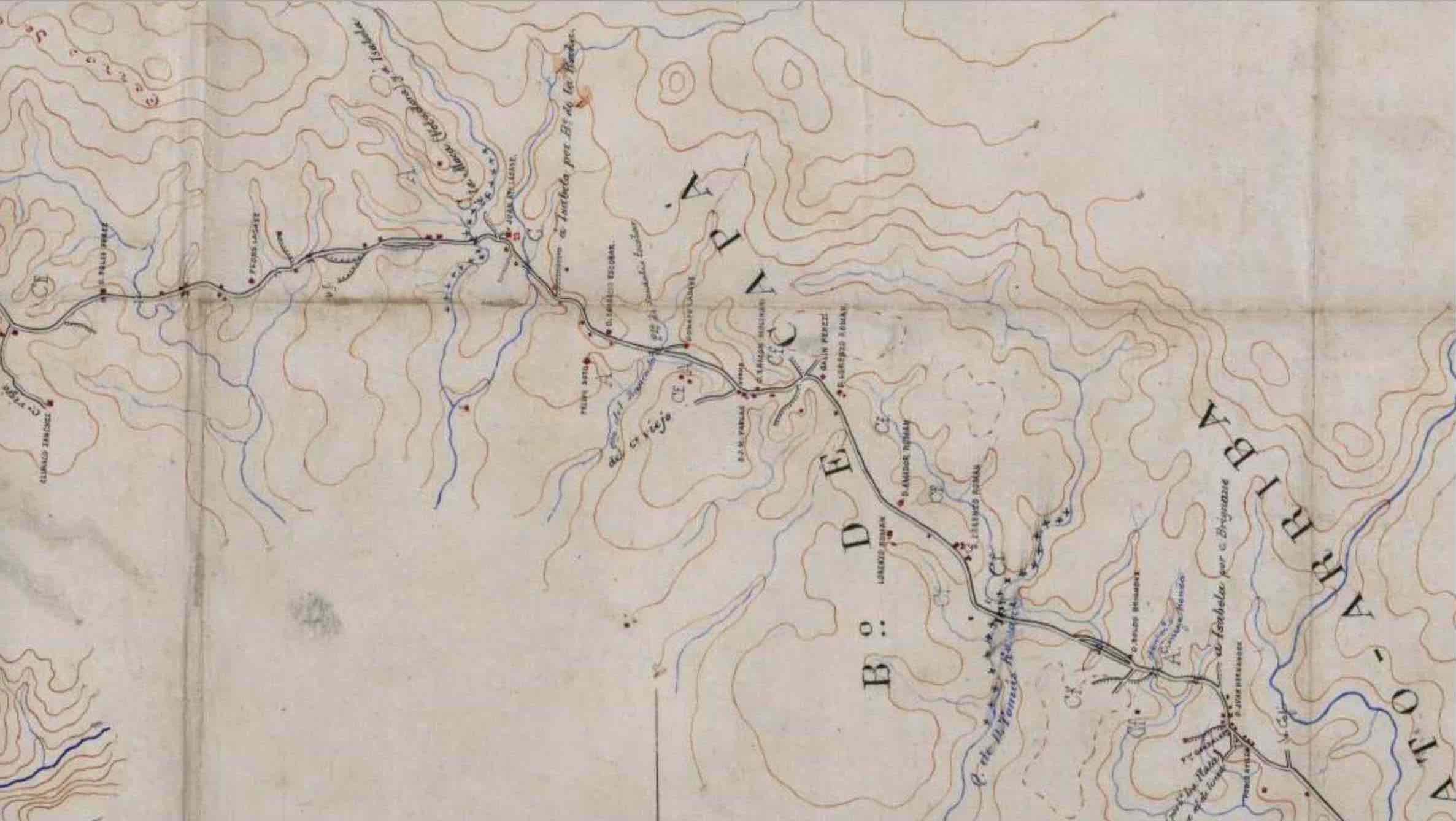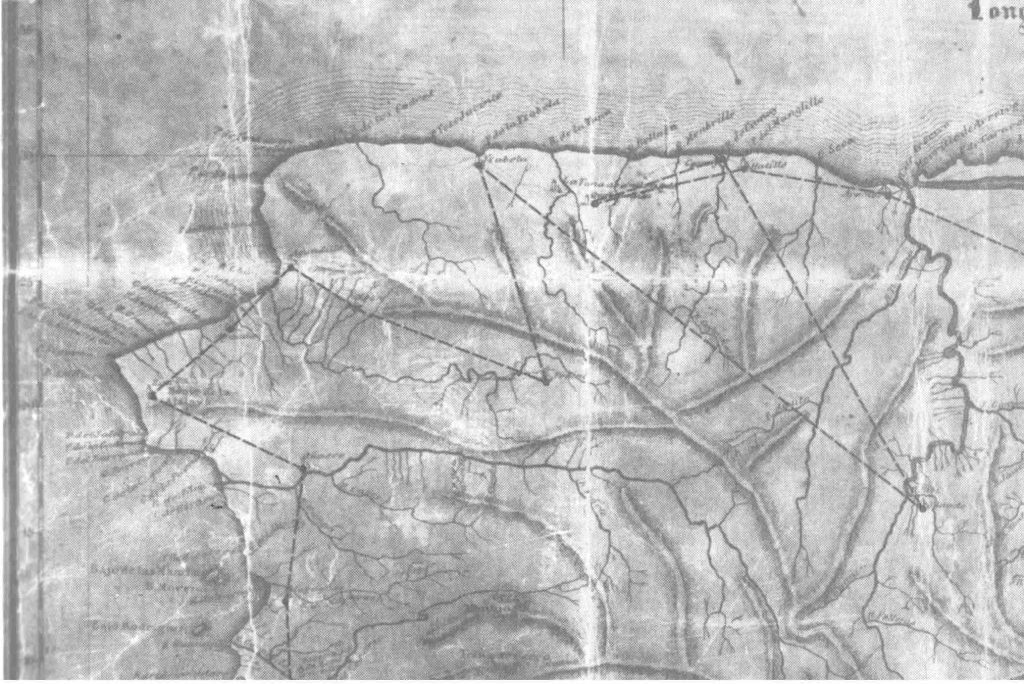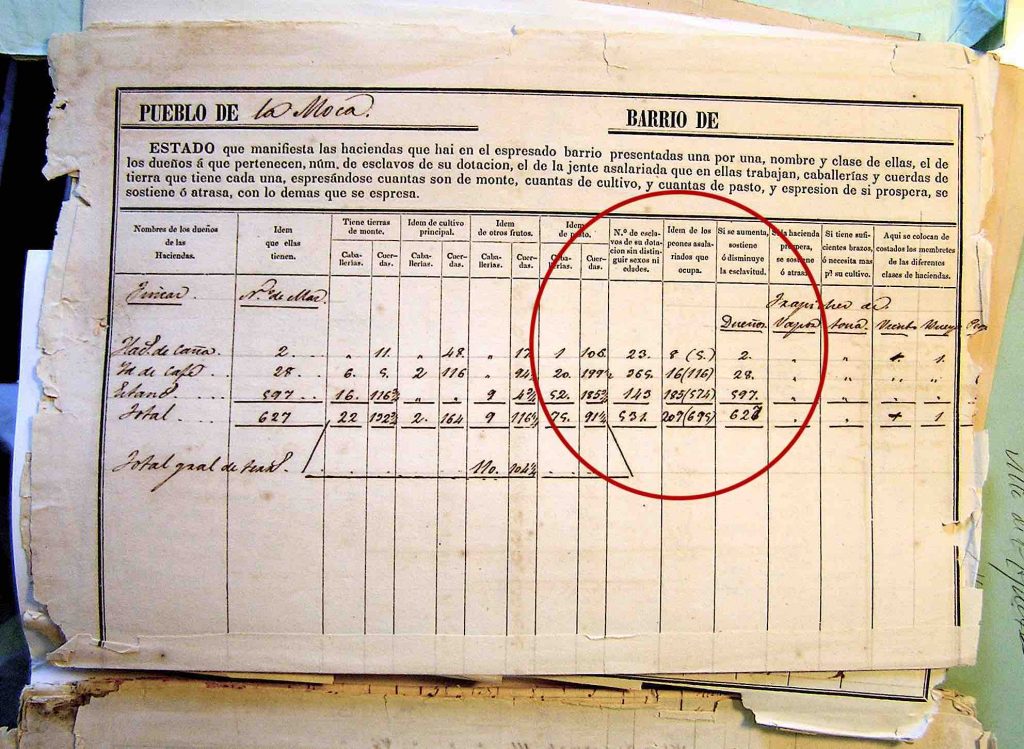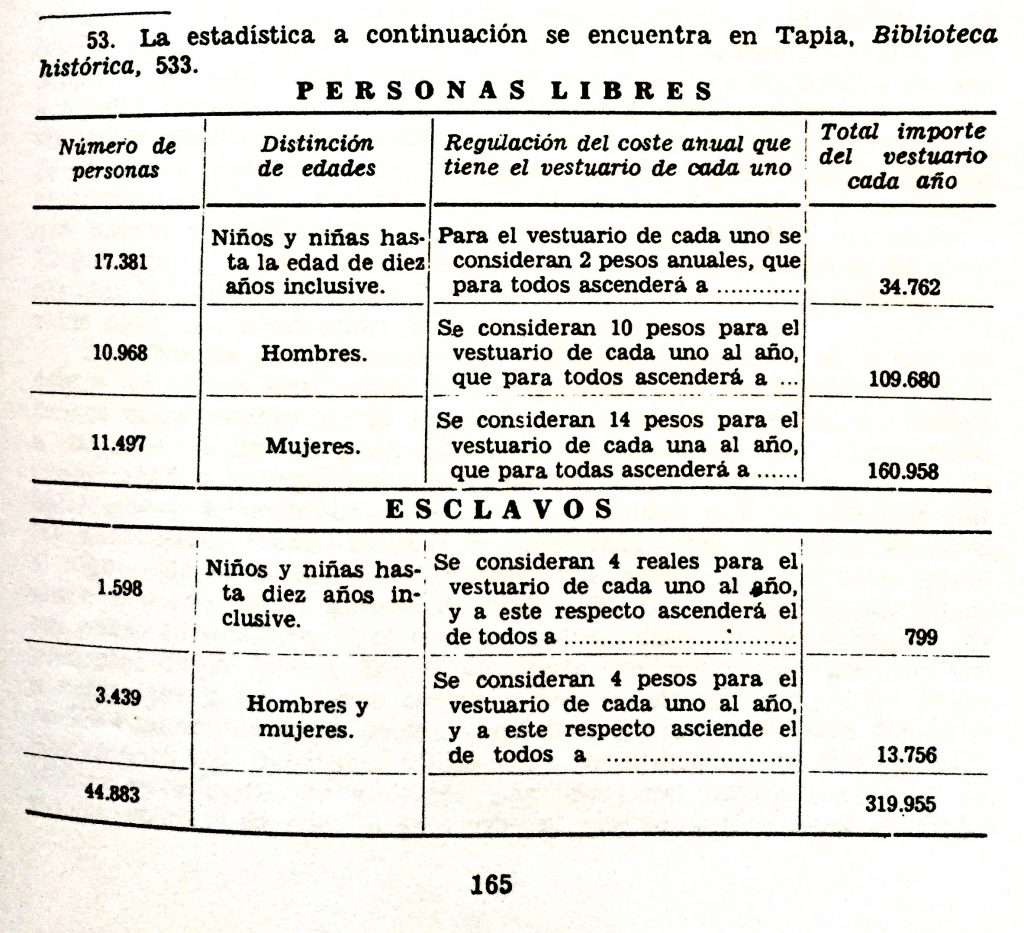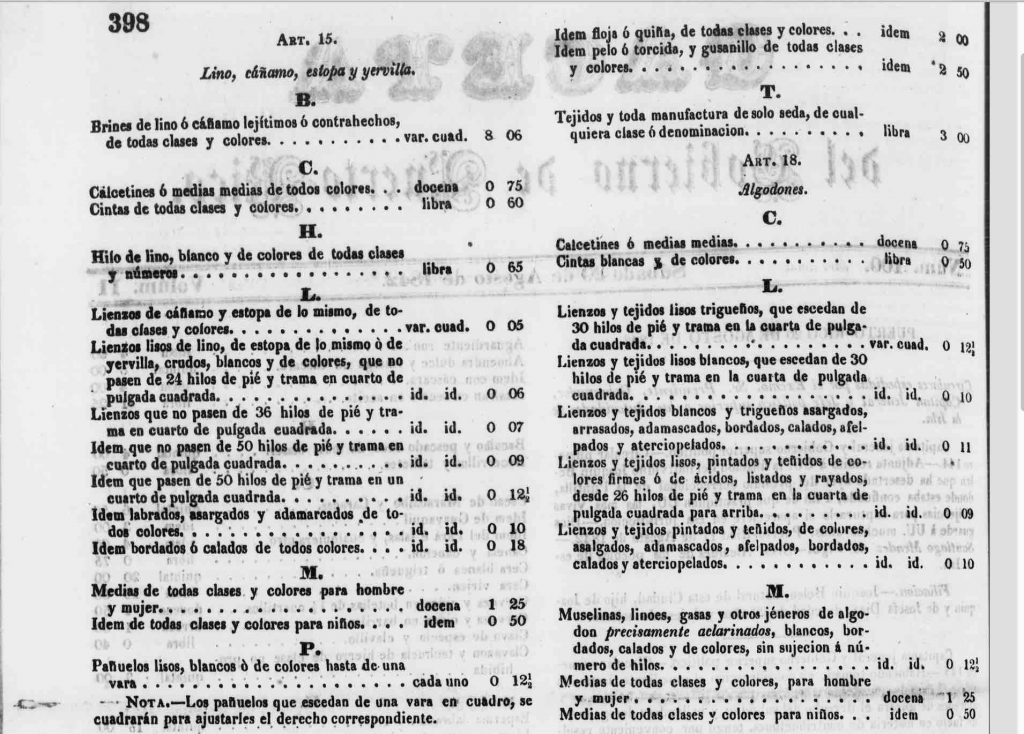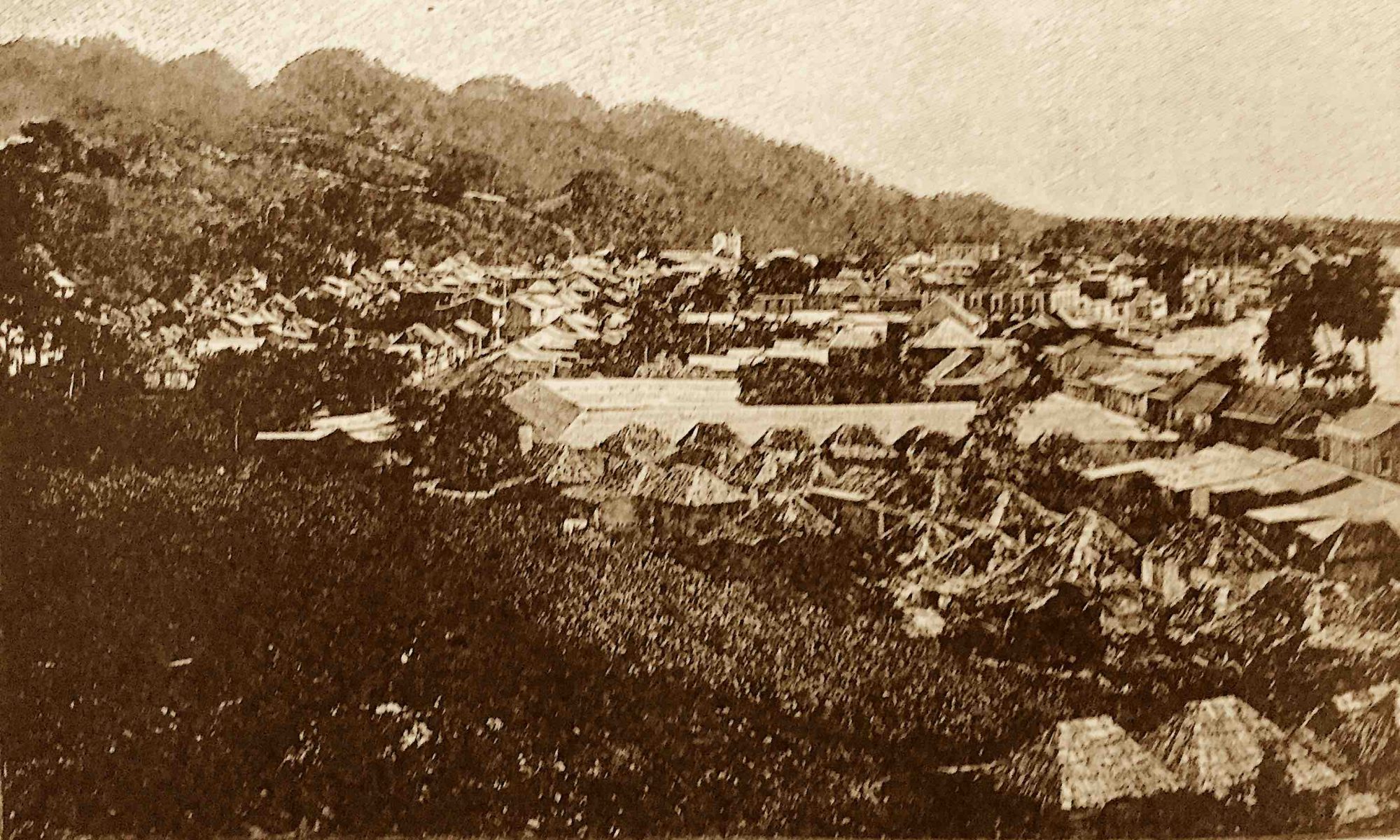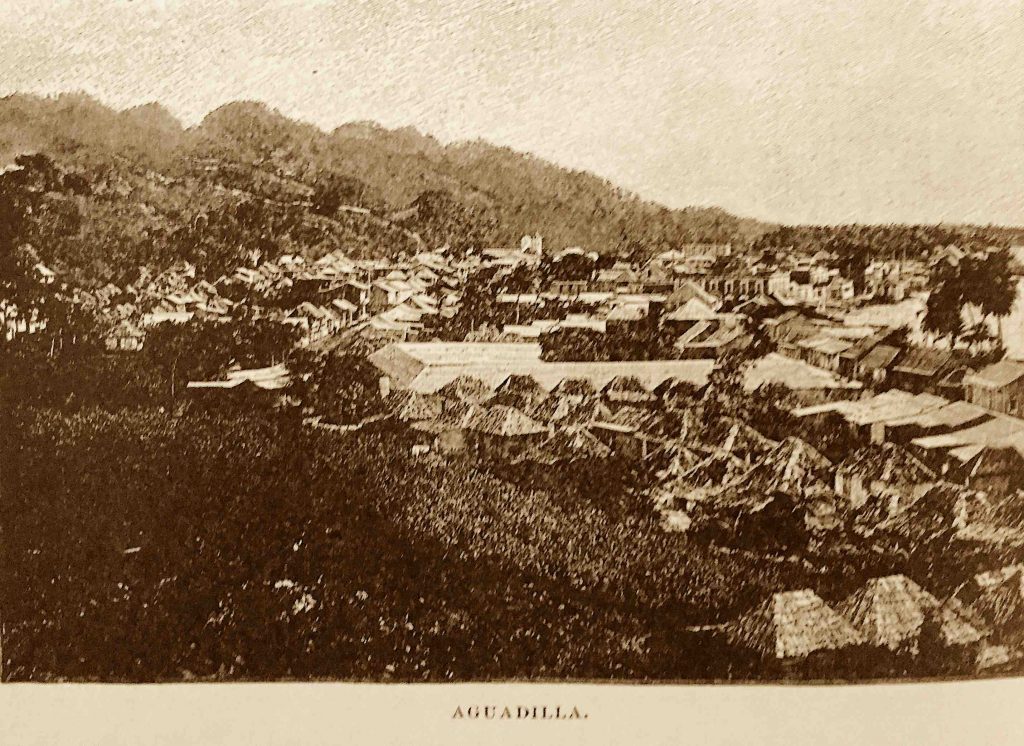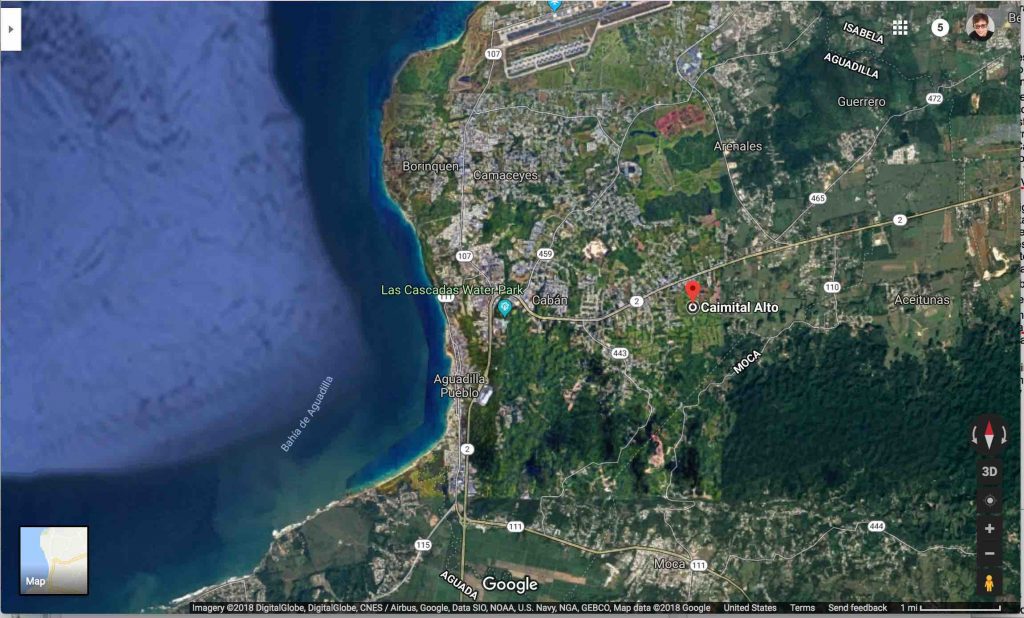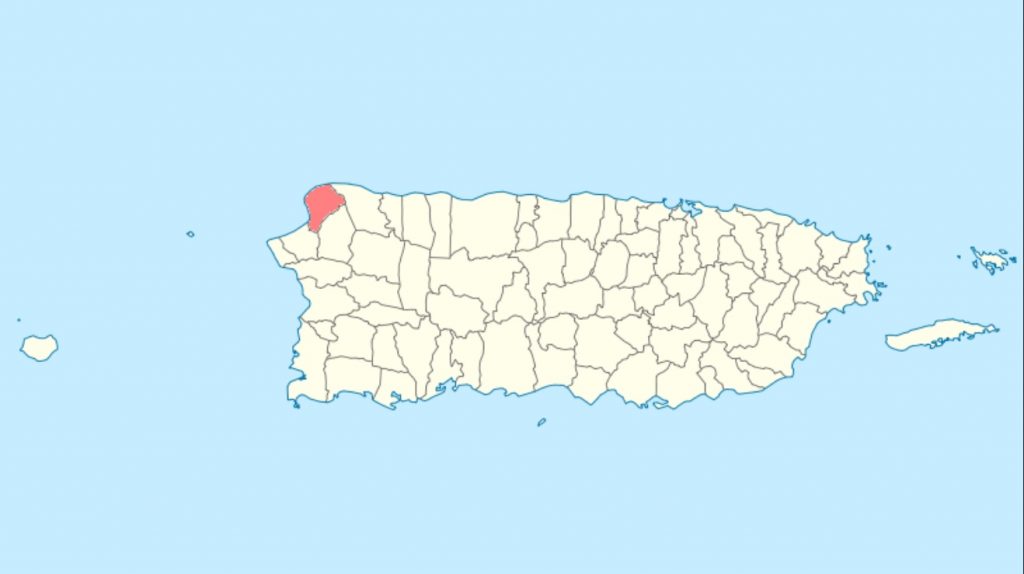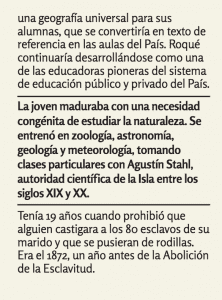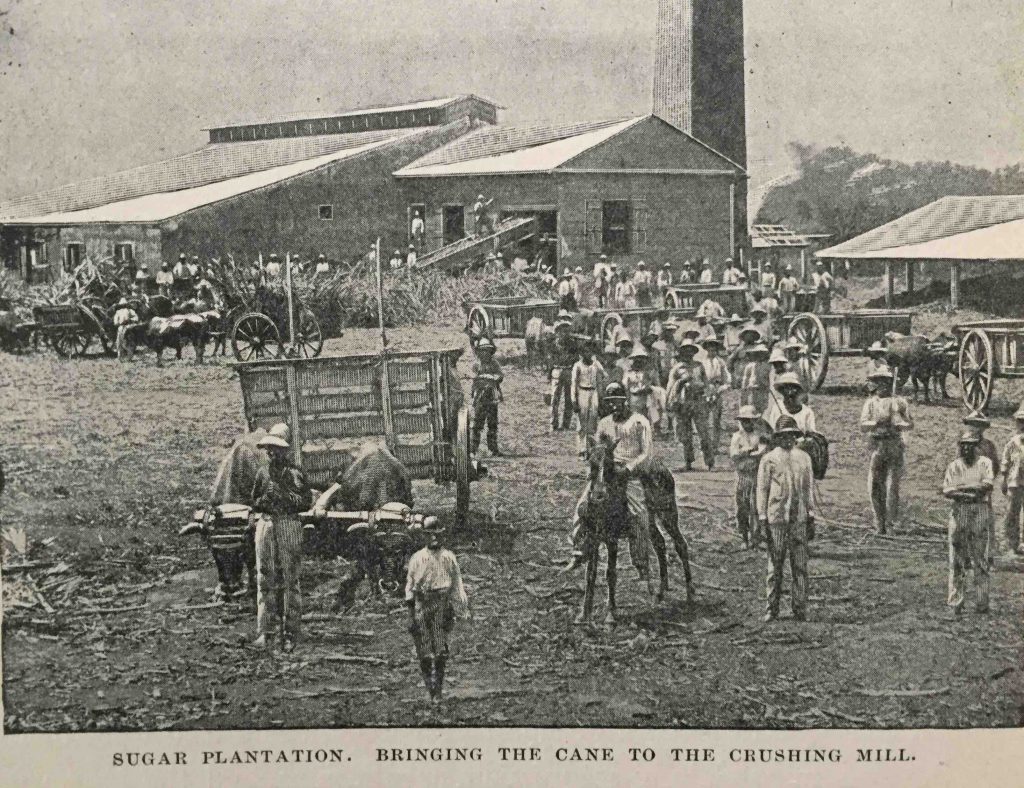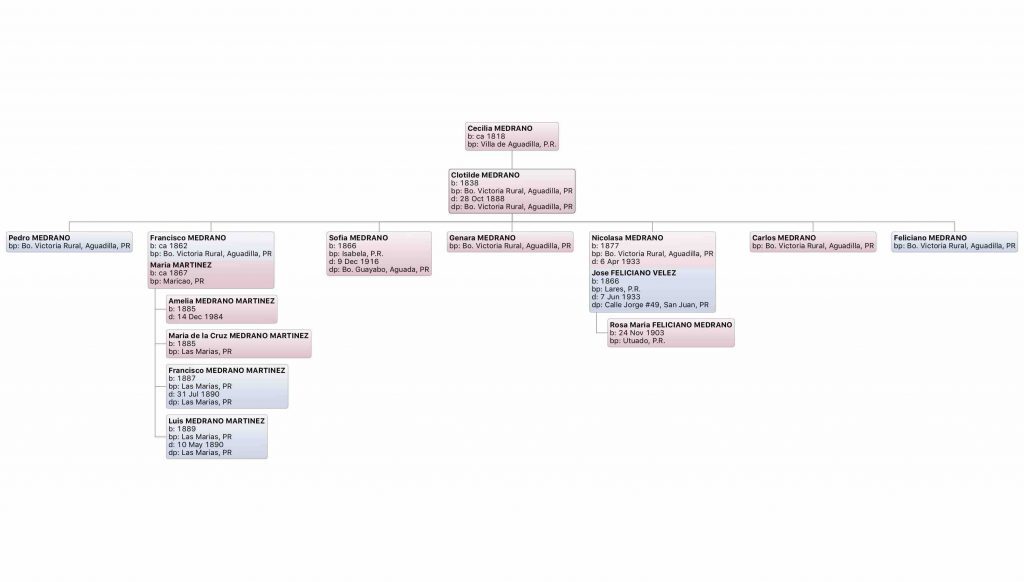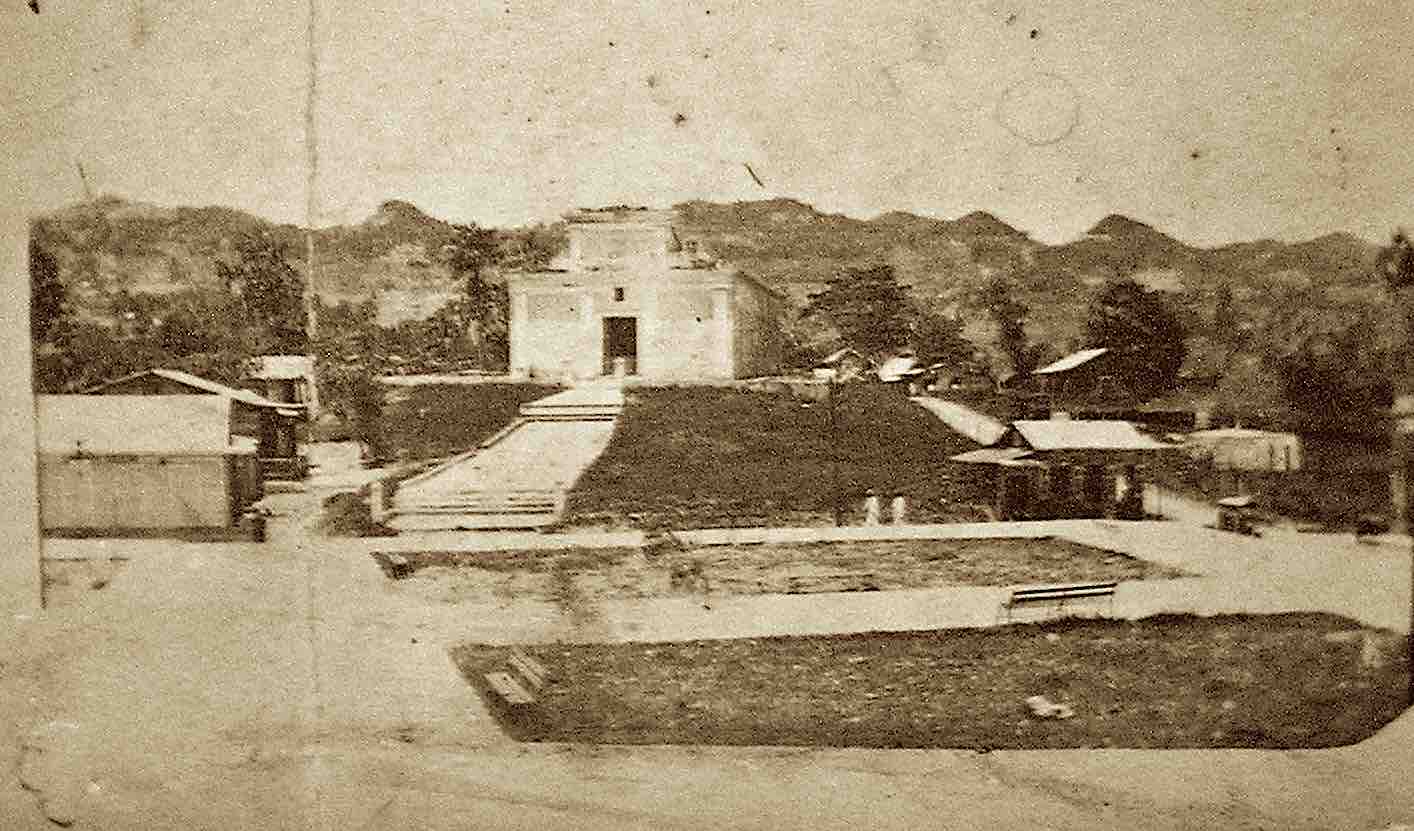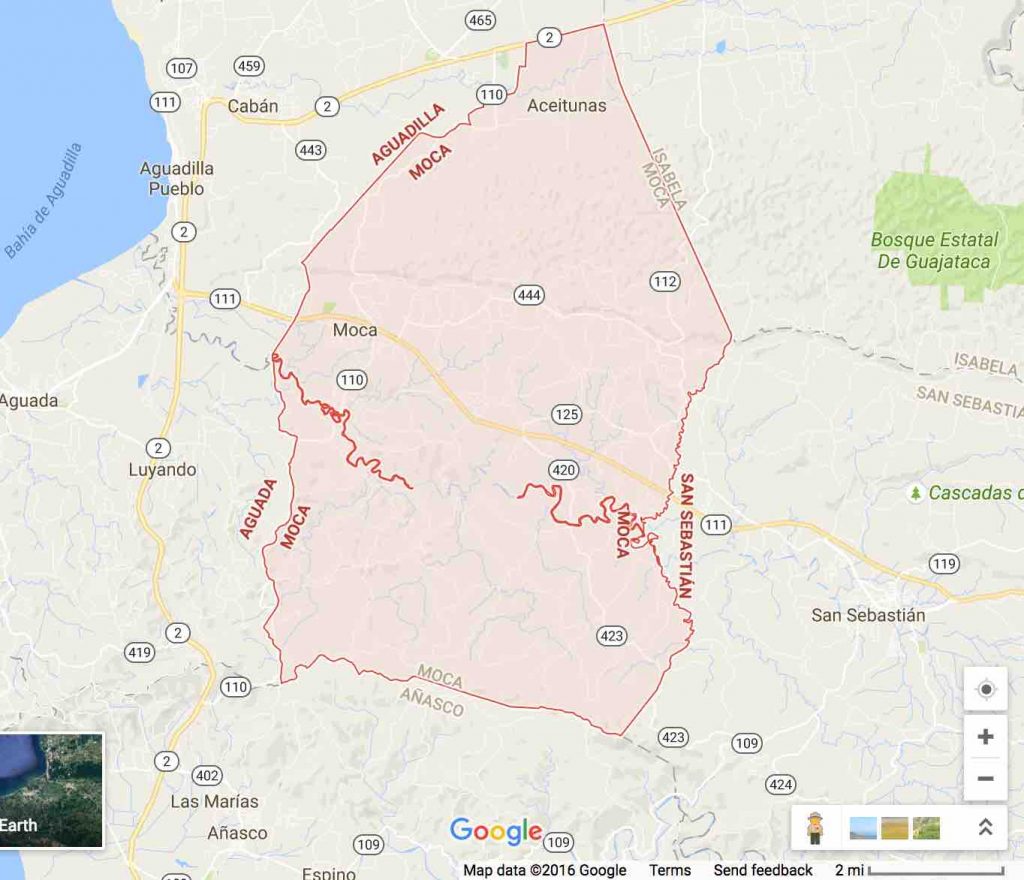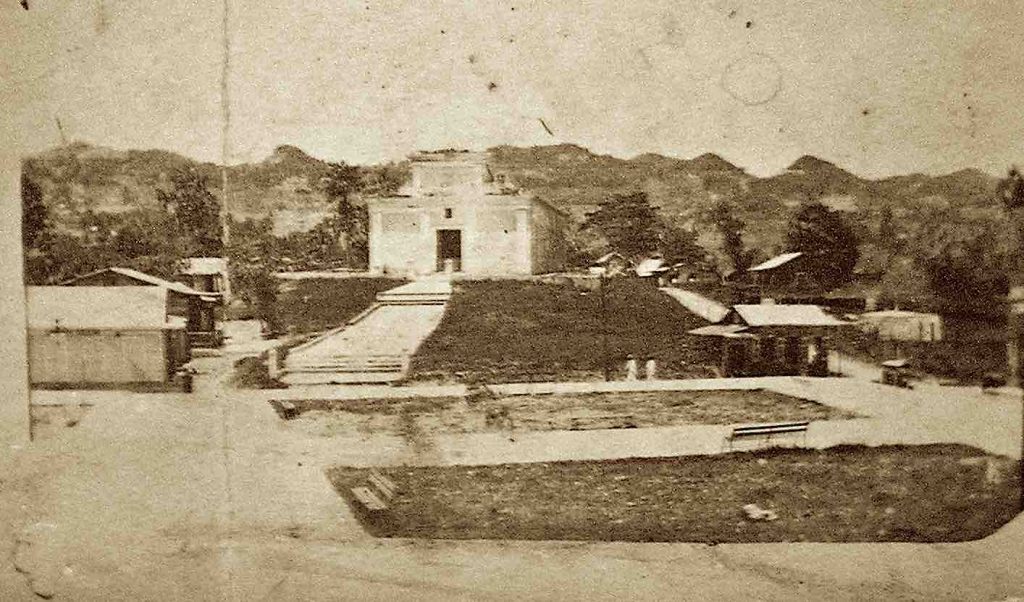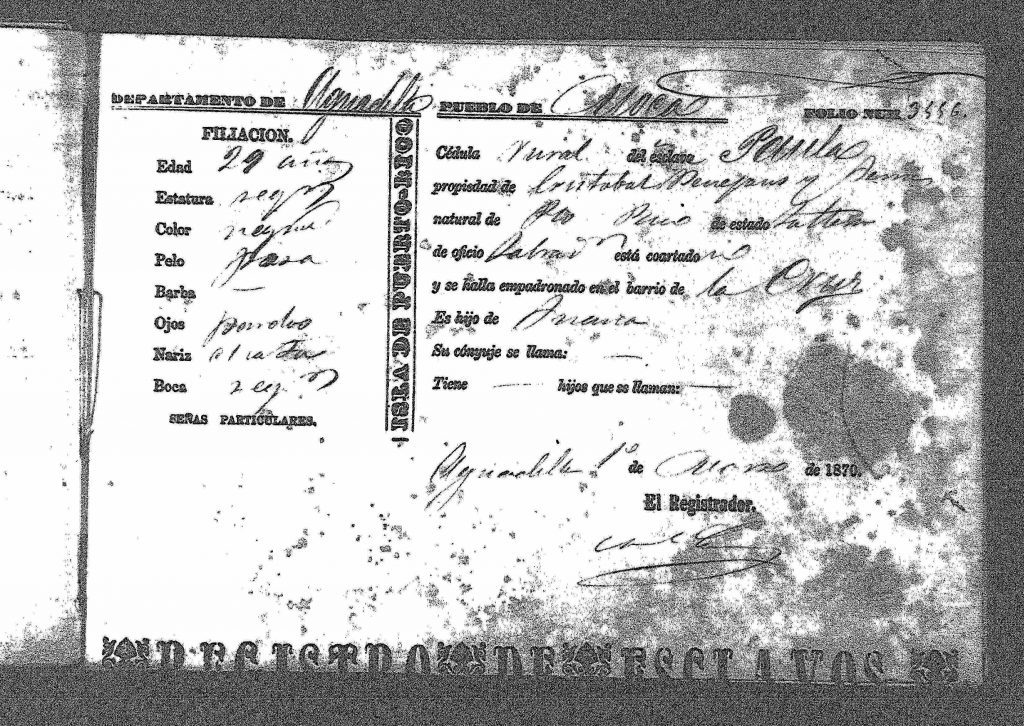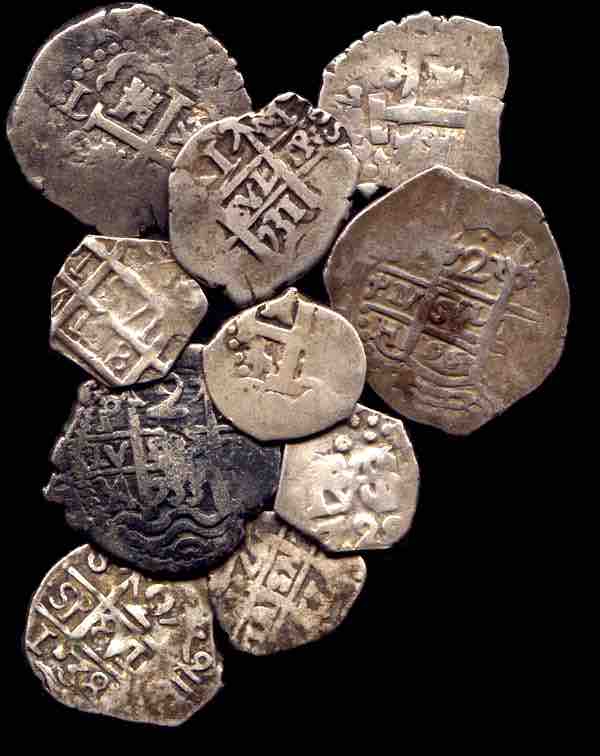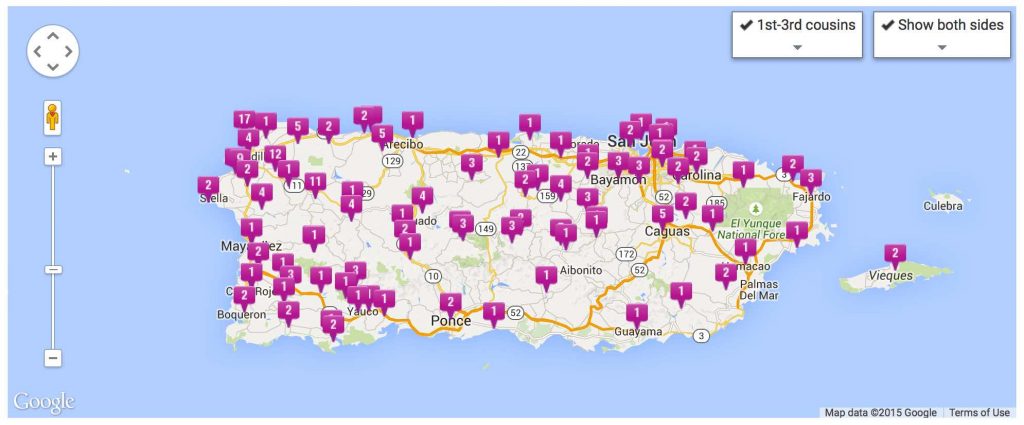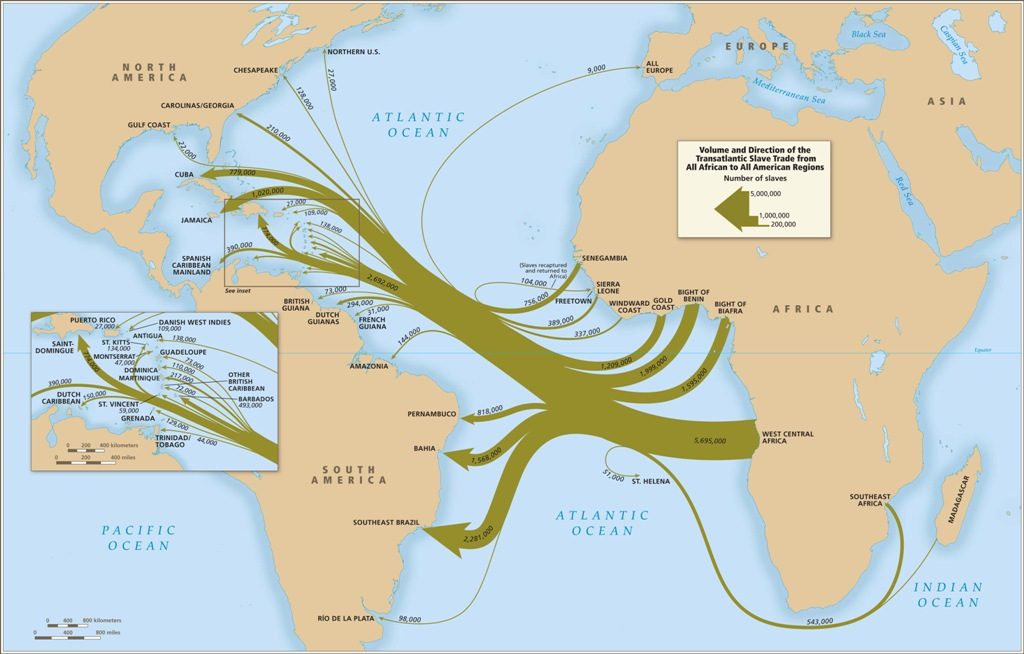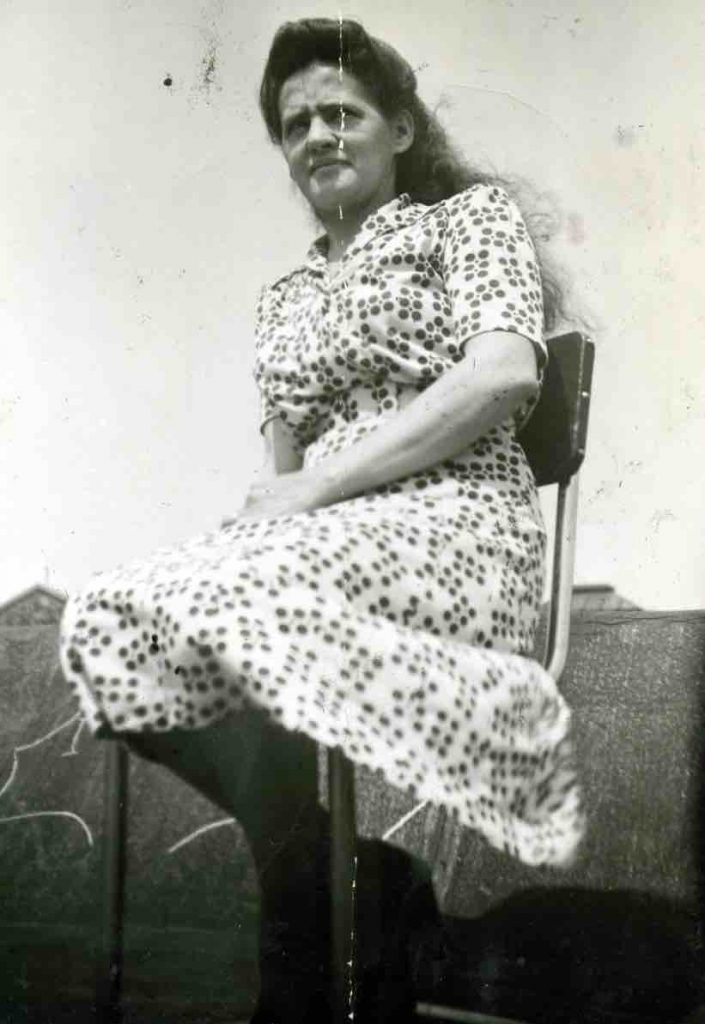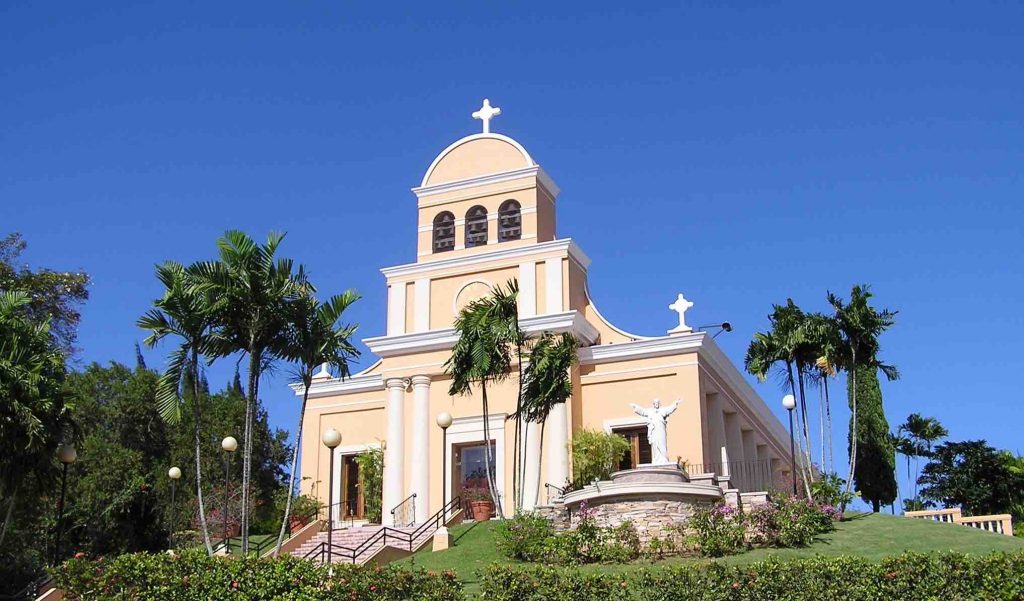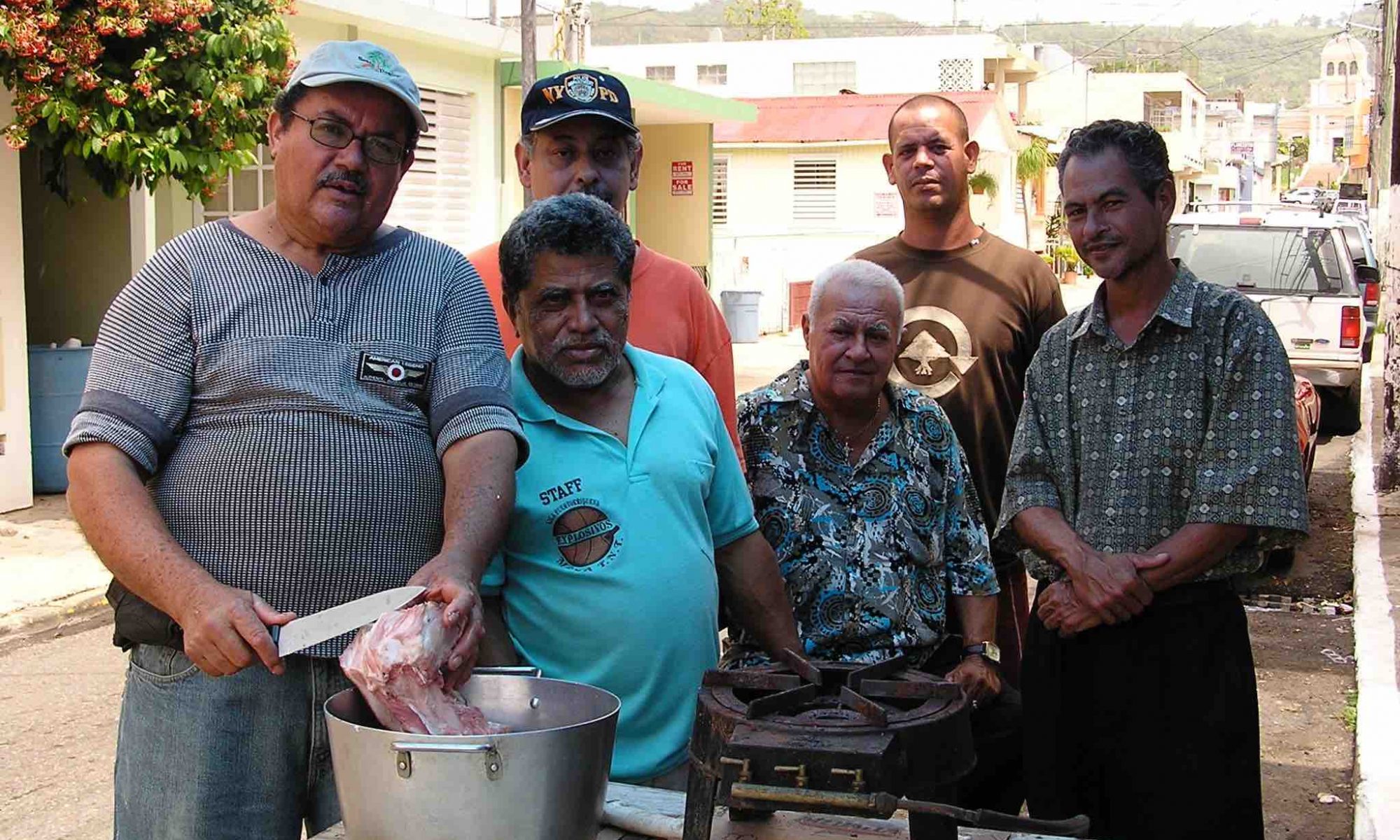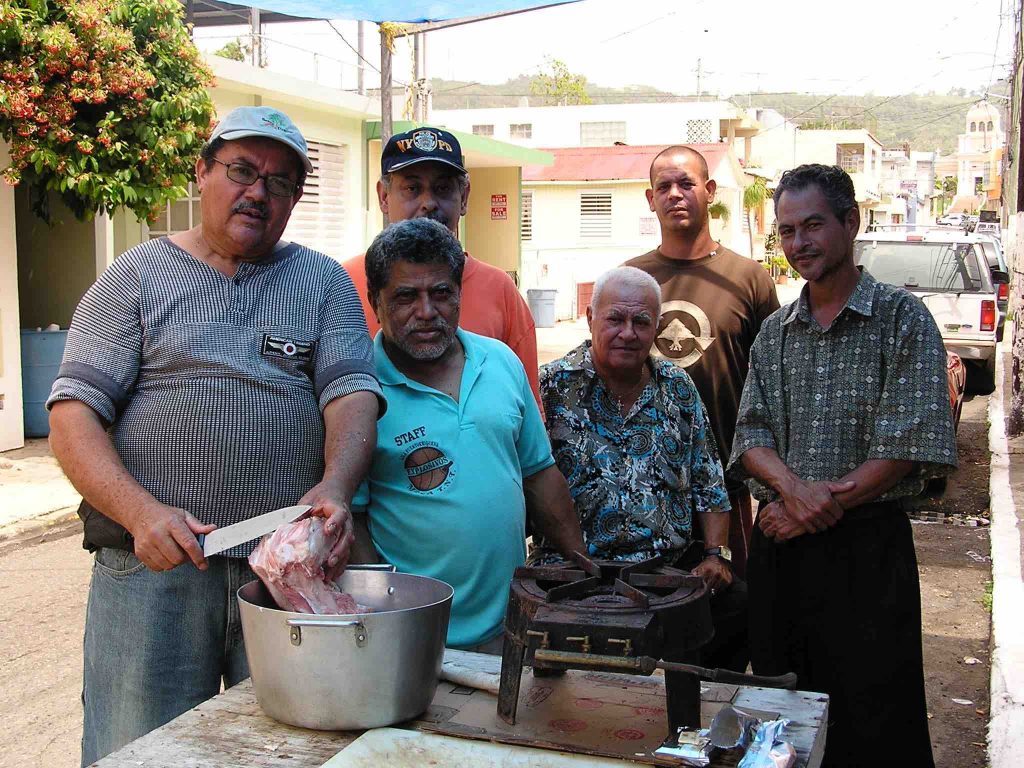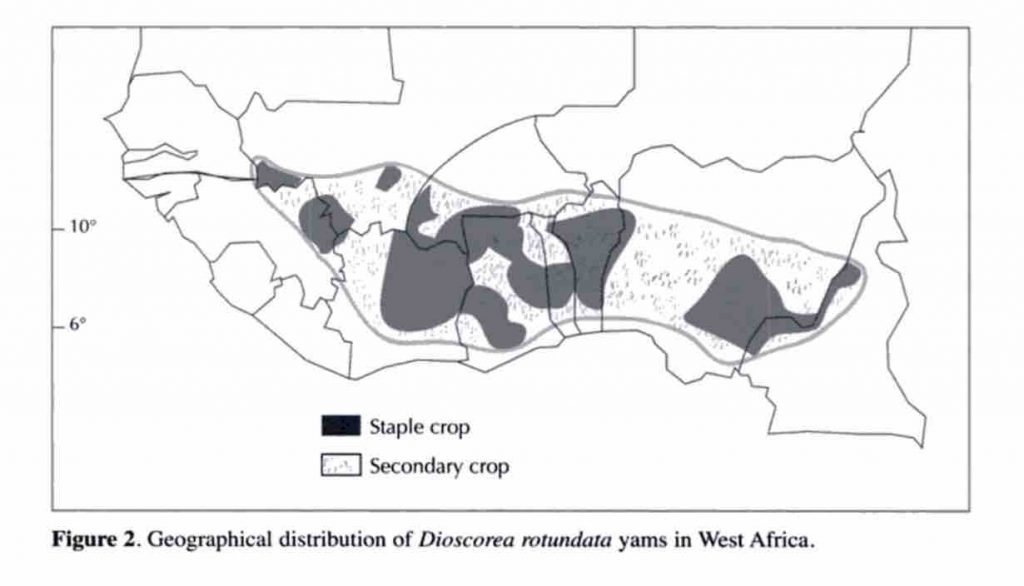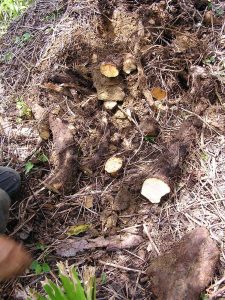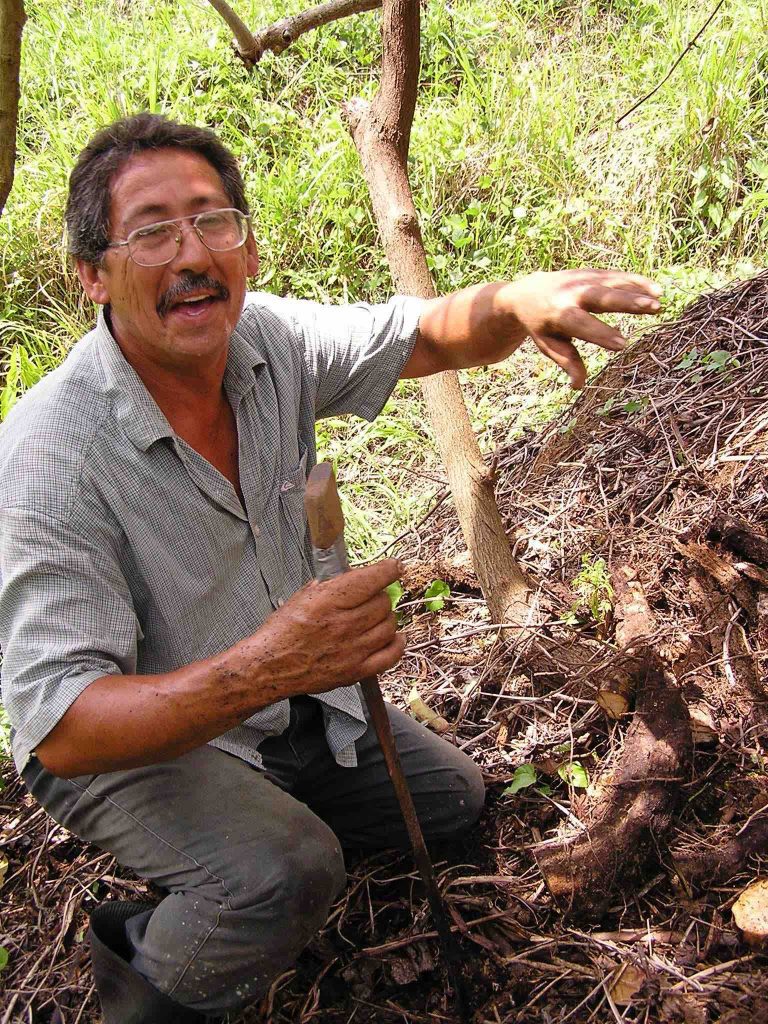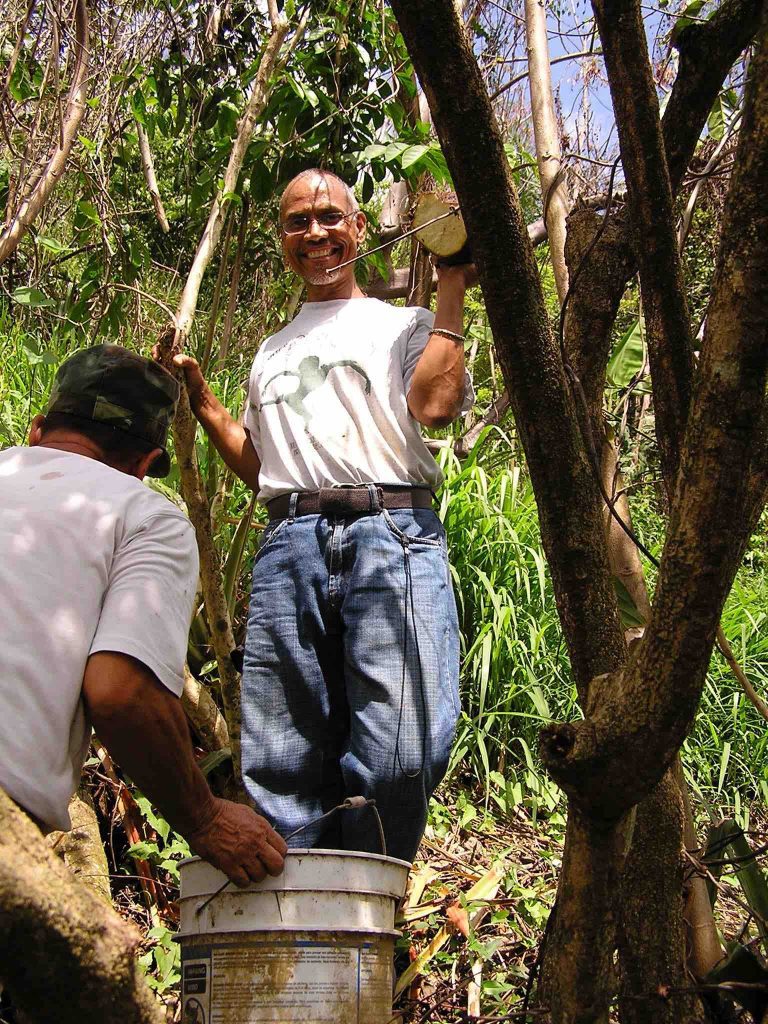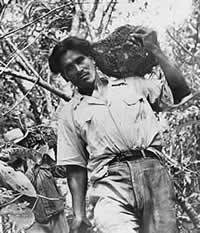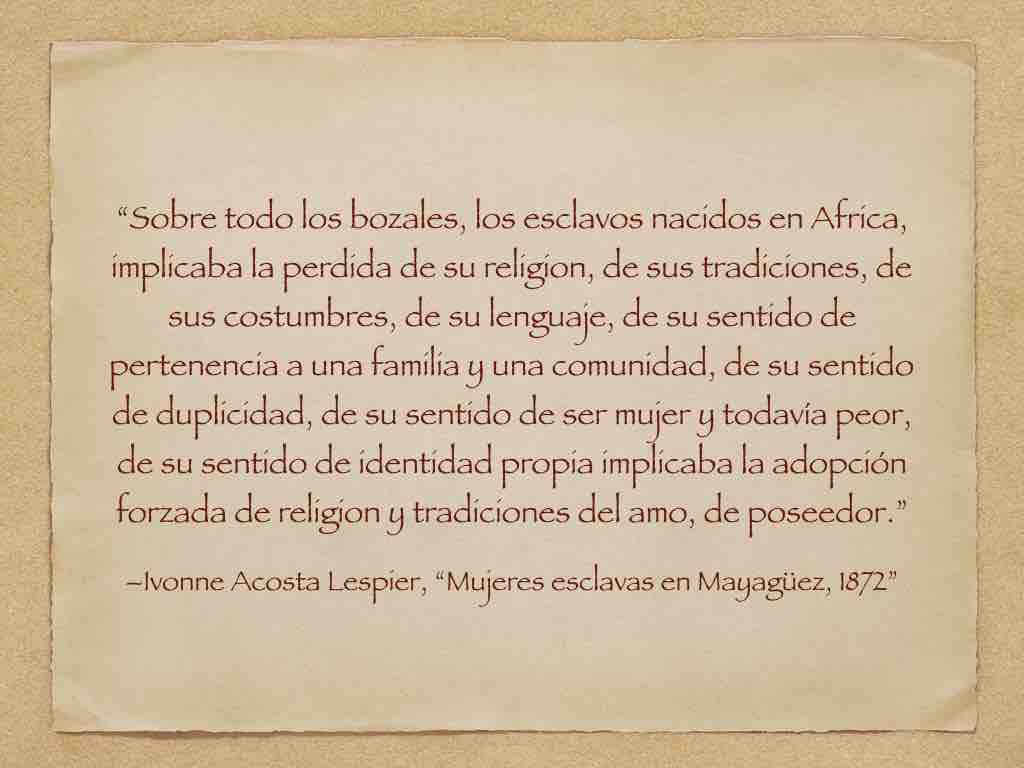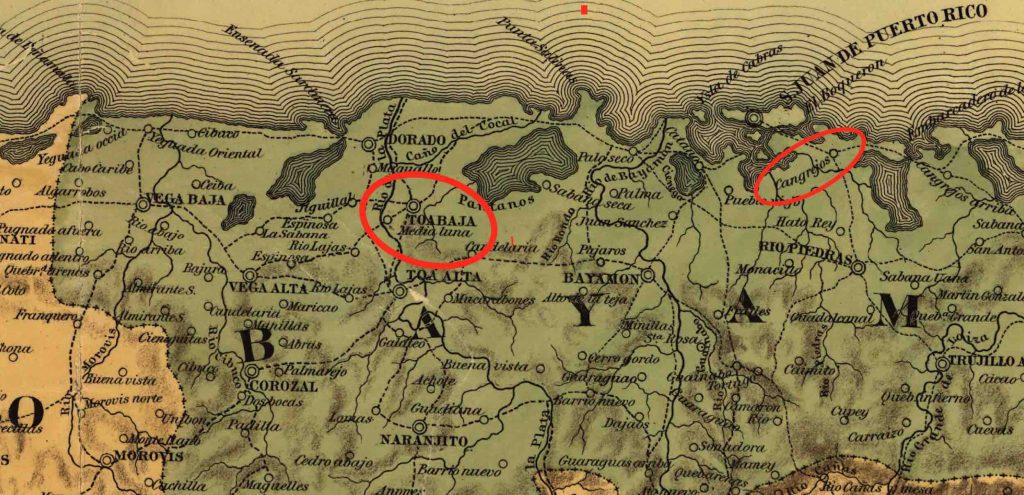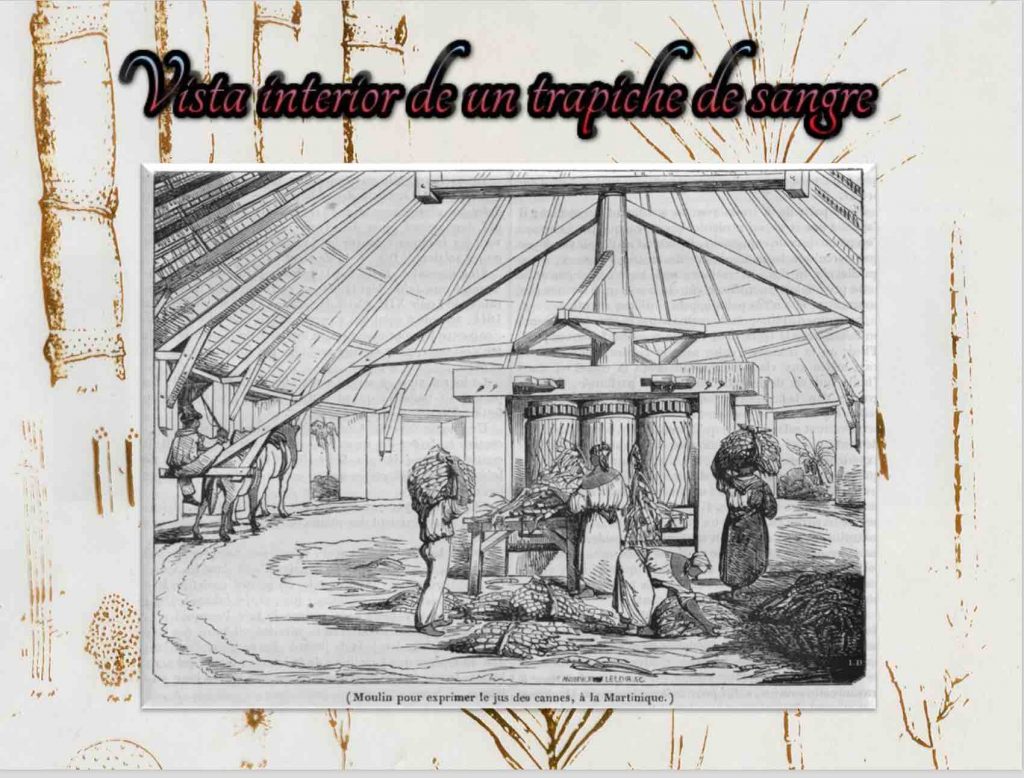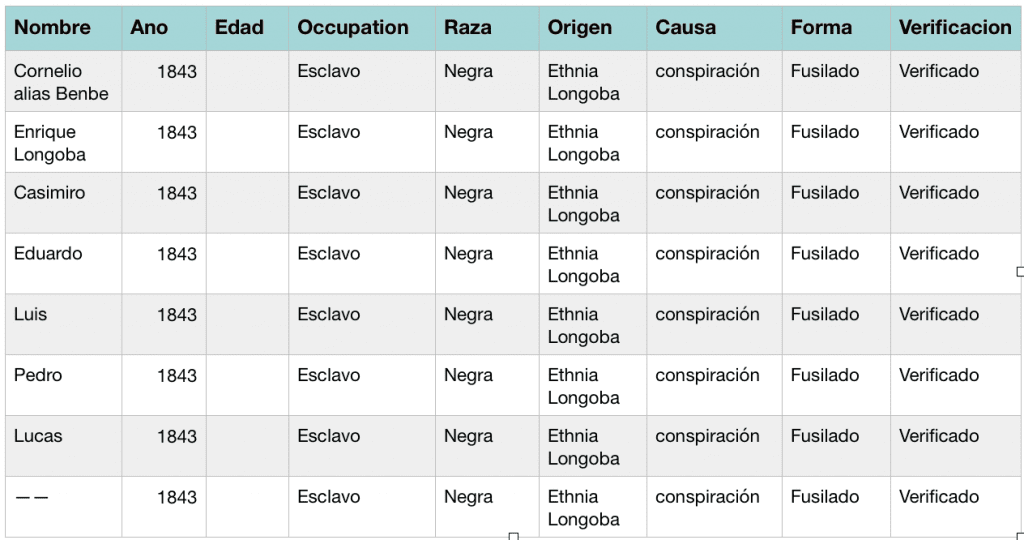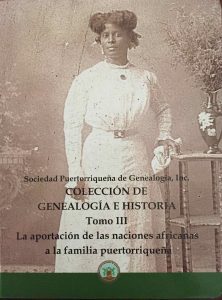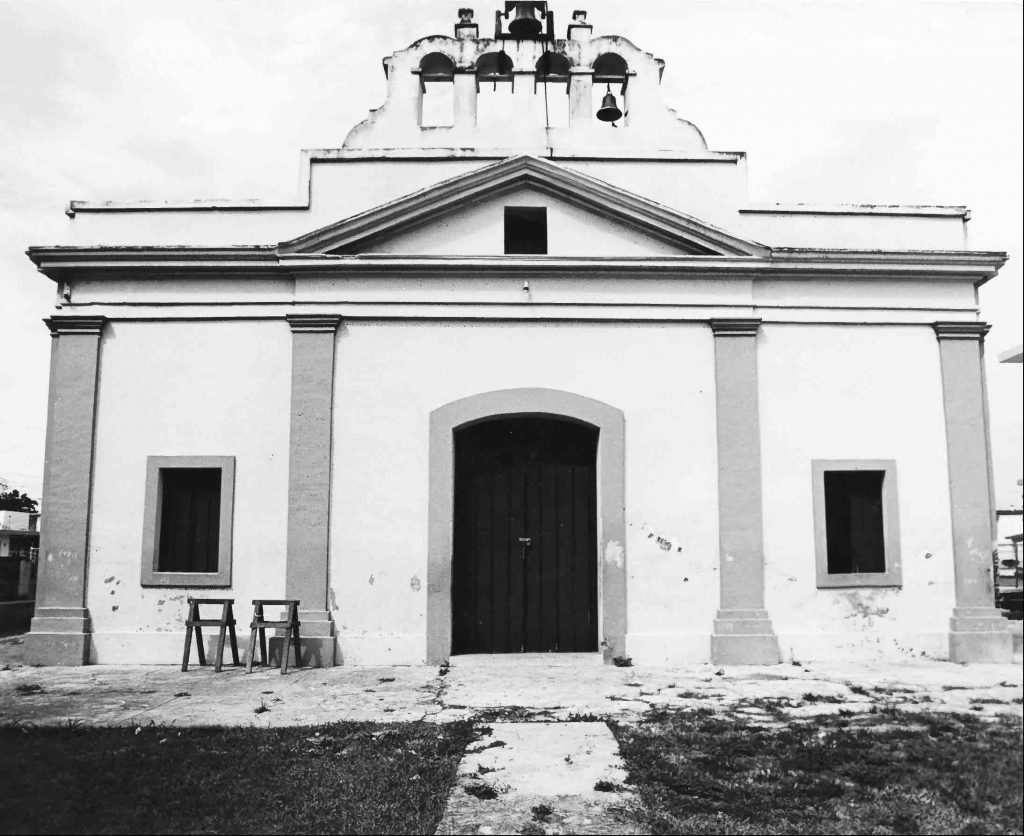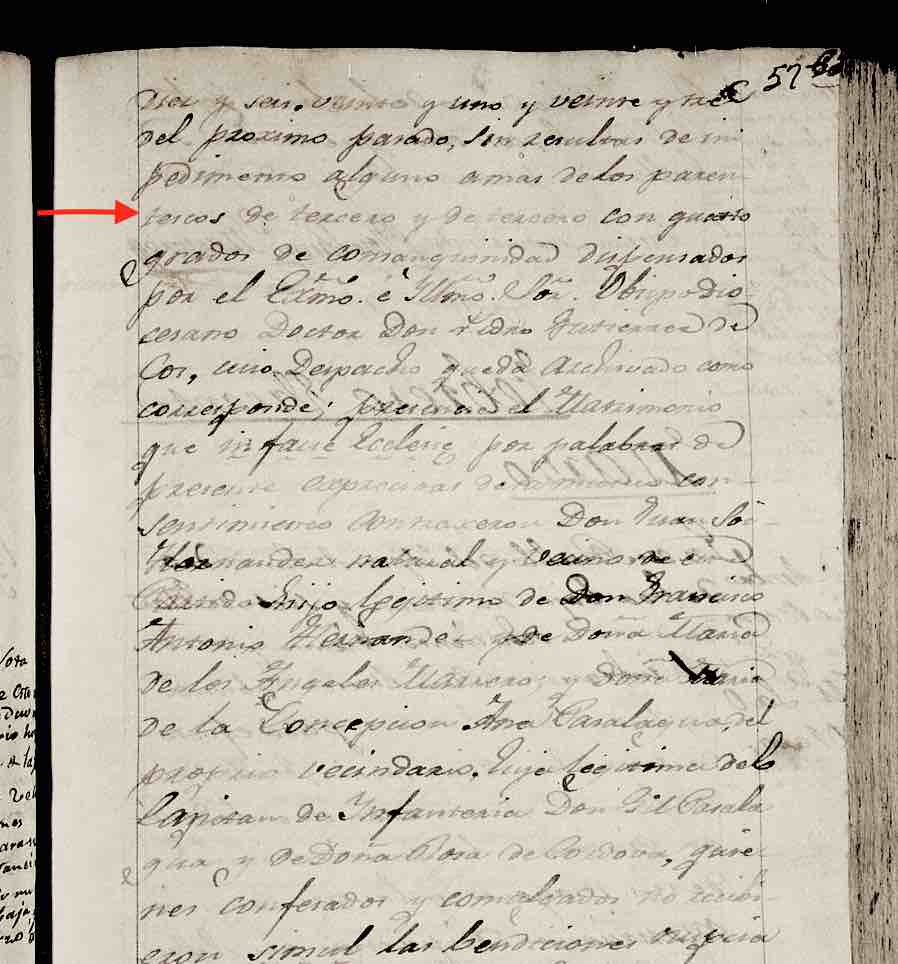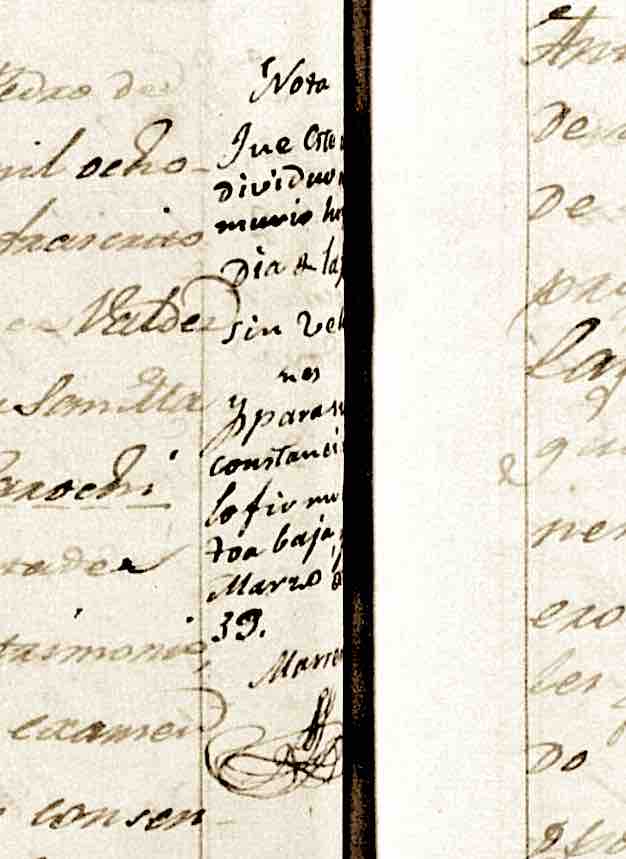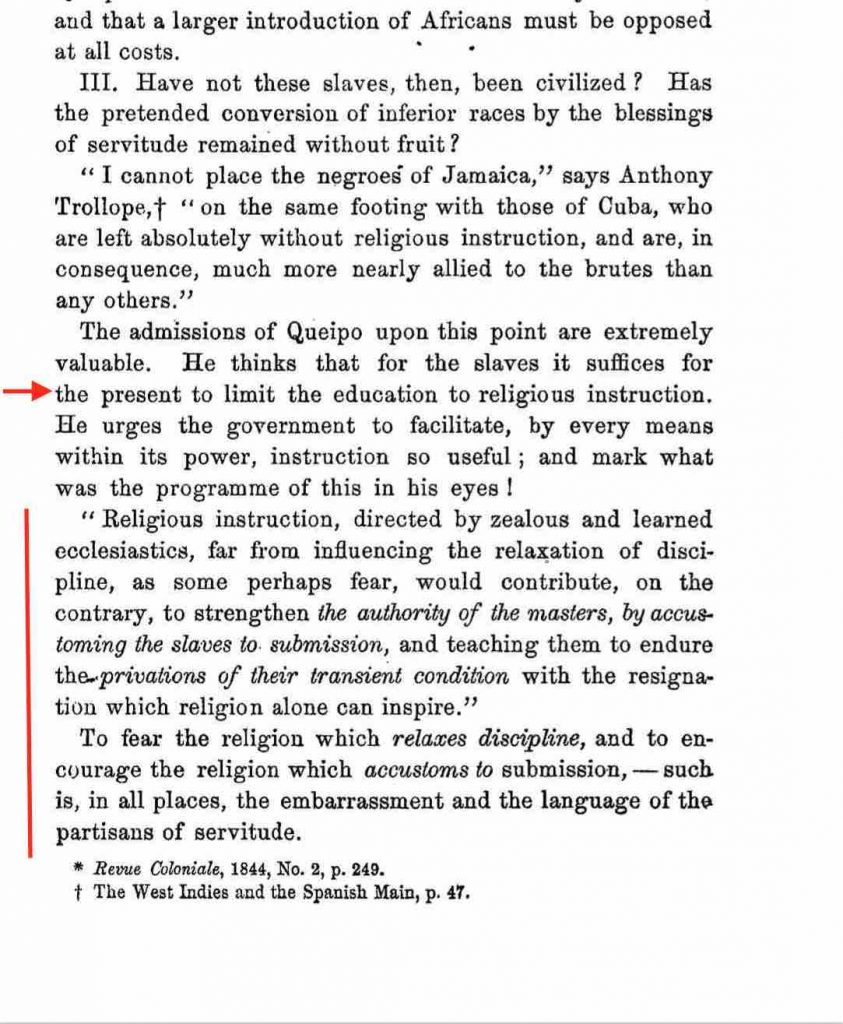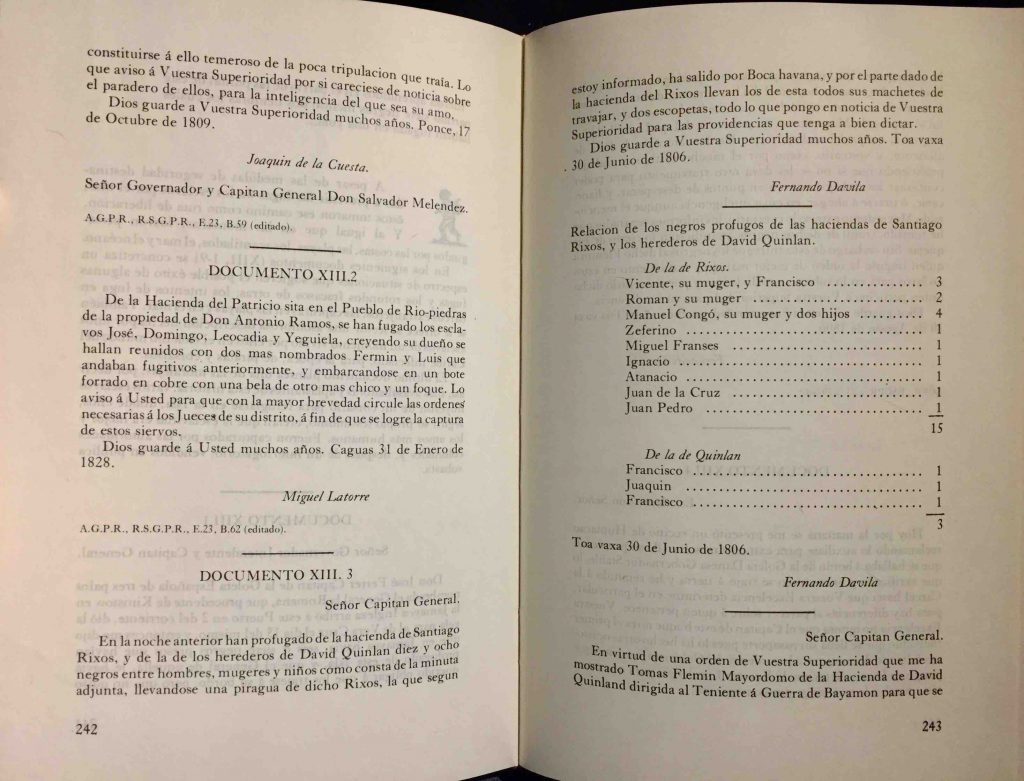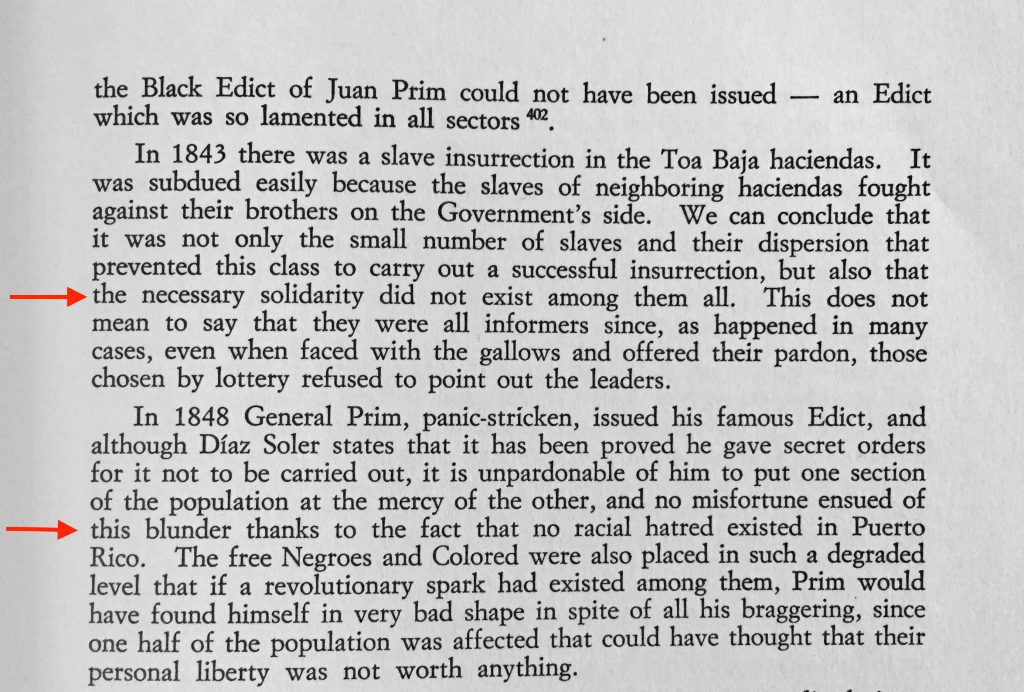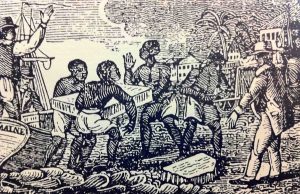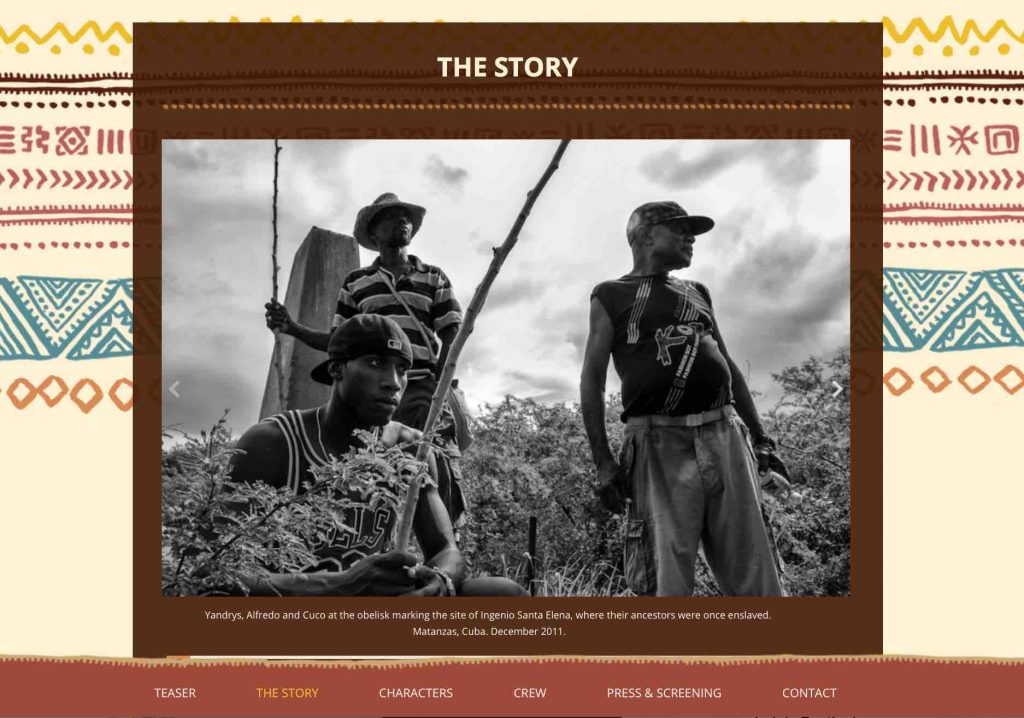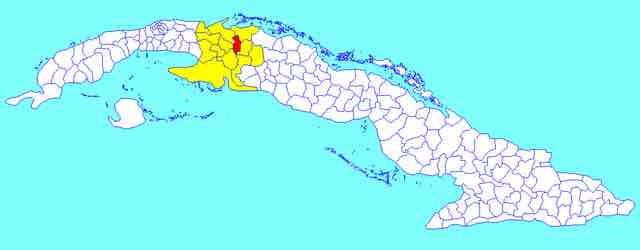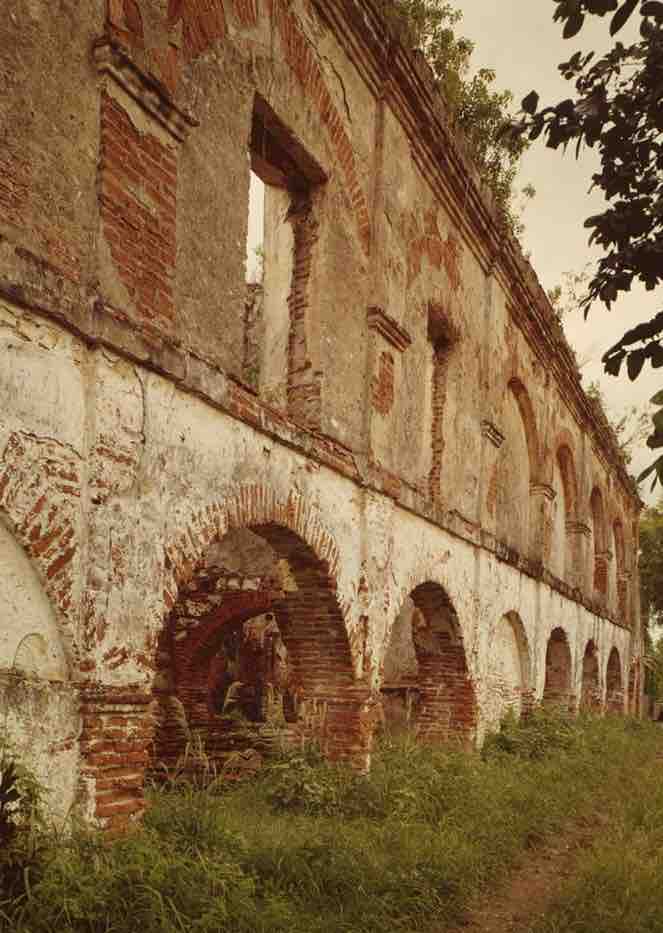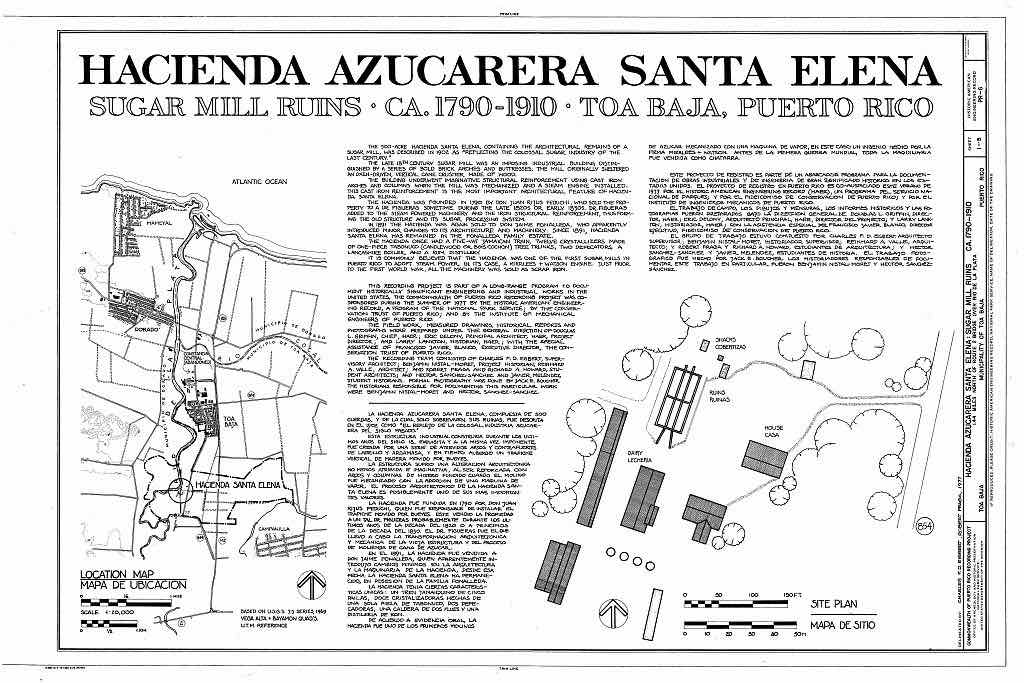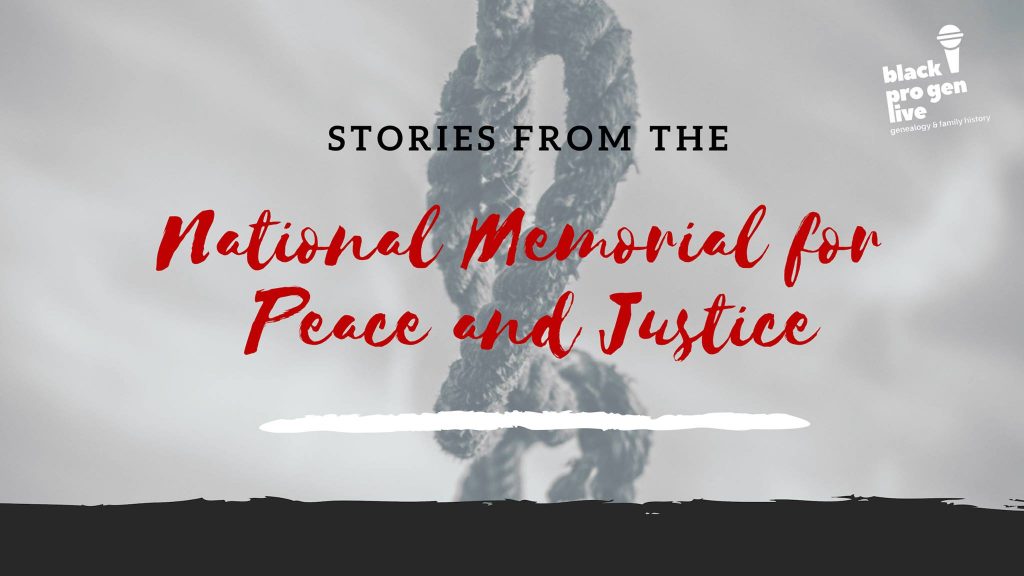
As part of Black ProGen Live’s project, Ep. 83b Stories from the National Institute for Peace and Justice, I’m researching the family history of Claude Neal (1911-1934), who died barbarically at the hands of a white lynch mob in Marianna, Florida in October 1934. Retaliation did not end there, as the event was also an excuse to burn down the homes in the black section of town. The goal here is not to revisit how Mr. Neal left this earth, but to help find his ancestors and extend the path back in time.
There are studies of the events that surrounded his torture and murder, but what I am trying to do here is to place his family against this larger, deeper history of Jackson County to make clear the outlines of the weight of living the transition from enslavement to a relative freedom. It was their labor that made places like the grand estates of Marianna and its wealth possible. My condolences to the family, as they have had to bear so much, without seeing justice, as the FBI closed the case in 2013, thanks to decade long silences among the perpetrators and their descendants.
If you do not know who Claude Neal was, Professor Carol Anderson of Emory University provides an overview of that tragedy, called ‘the last spectacle lynching’ in America.
This blog post is focused on building a context and tracing the lines further back. Part of this work benefitted from the work of descendants with family trees on Ancestry.com, such as Orlando Williams and others, whose efforts to illuminate what happened to his uncle continues. To them I give thanks.
A backdrop for racial terror
Understanding the context of Claude Neal’s family history is to engage the history of post-Civil War Jackson County in the Florida Panhandle, so one can also honor the resilience necessary to pass through these experiences. Florida, as recent research clearly shows, ranks fifth among the states with the highest rate and largest number of terror lynchings. Part of healing from these crimes is to call their names across time and space.
And this too is the history of the state I presently call home. By the time of Claude Neal’s murder, 1934, Jim Crow laws, eugenic ideals, an unacknowledged history of enslavement, intensive cotton cultivation with extractive sharecropping arrangements, shaped the state’s legal contours, honed further still by blind followers of the ‘Lost Cause’. In 1834 Andrew Jackson authorized the displacement of the Five Slaveholding Tribes, with the Seminole concentrated in the region. Despite the evacuation of many Native people, not everyone went to Oklahoma, and some managed to remain in the area. Within the decade, white planters moved thousands into the Florida panhandle and into the peninsula.

T. Thomas Fortune’s autobiographical newspaper series, “After War Times: A Boy’s Life in Reconstruction Days” published in the Philadelphia Tribune in 1927 speaks of his childhood in Marianna. The complexity of the family history he relates defies the binary categories of black and white, and points to deeper tri-racial ancestries that also resulted within Marianna, shoehorned and hidden under the designations of ‘W’ or ‘B’ or ‘M’:
Fortune’s female ancestor, Sarah Jane was sold south from Virginia, and “Emanuel, who begat us, was never a father but always a friend and companion. He was an extraordinary man, and played a conspicuous part in the Reconstruction politics of Florida. He served as a member of the Constitutional Convention and the first four sessions of the legislature. He was born of an Indian mother and an Irish father. His mother was the wife of Osceola, who was stolen from Micanopy and taken to West Florida by Thomas Fortune… after his mysterious death she was taken as a wife by John Pope, who was also of mixed Seminole blood…. The family picture I have drawn is a familiar one produced out of the loose morality of the system of slavery. In my family there was the African, the Indian and the Jewish women and the Irish and half breed Indian men, with the Jewish father guilty of selling his daughter by a black woman into slavery in the same village where he was a judge… [1]
“The people responsible for the cross of the black, white and red races in this country are in very interesting and questionable business when they draw the color line on the sisters and brothers whom their fathers and brothers mulattoized…” – T. Thomas Fortune, “After War Times”, 1927
Post-Reconstruction violence: a resistance to change
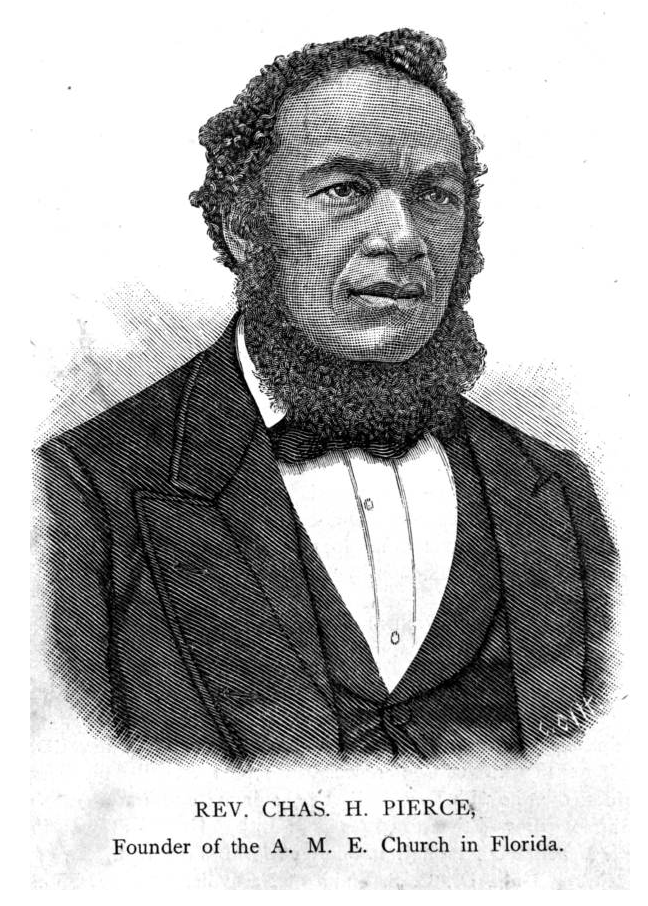
“Satan has his seat; he reigns in Jackson County.”
— Senator Rev. Charles H. Pearce, Founder of the AME church in Florida, testifying on the KKK in Florida [2]
The events of the Jackson County War (1869-1871) is a history untold until the 1960s, nearly a century after the events of the late 1860s. From early 1869 to the end of 1871, some one hundred to an estimated two hundred persons were killed, making Jackson County, Florida’s most violent county under Reconstruction. What was at stake was power, and the 1867 Florida Constitution aimed to repress African Americans with the Black Codes built into the document, which Congress rejected. They declared Florida had no government until they adopted the 13th, 14th and 15th amendments to conform to the Constitution.[3]
Jackson County was the second most populated county in the state, with some ten thousand inhabitants from 1851 to 1868. As the average rate of murder was two yearly, the sudden fifty-fold rise over three years meant much organizing work was needed to stem the violence. [4] The KKK rode hard in Florida in an attempt to maintain the old social order through racial terror after the Civil War. Even after Reconstruction, those who rallied behind the Myth of the Lost Cause were willing to do anything, including annihilating people in politics and in the field, destroying their homes and businesses in order for the defenders of the ‘Old South’ to maintain power.
In the early twentieth century, historians that retold the history of the Jackson County War diminished the focus on African American struggles by inventing details and dramatizing events that practically absolved the white conservatives who perpetrated the atmosphere of violence that permeated Reconstruction Florida. One study written from this perspective remained the authoritative text on this period for over fifty years.
By 1960s, historians finally delved into resources like the Freedmen’s Bureau Florida records, and by the 1970s a clearer picture of violence and mayhem “arising from organized white resistance determined to drive out black and white Republican leadership” finally came into view. [5] By the early 2000s, the role of the Klan, violence, intimidation and resistance were on the table. Curiously, a number of the books that focus on this history are not available within the Hillsborough County Library system today, but because of Henry Louis Gates’ recent documentary Reconstruction: America After the Civil War, a number of related titles are available. The Florida Freedmen’s Bureau records however, are in need of a transcription project as some 26 reels of microfilm hold the details for many families across the state before the bureau’s bank failed in 1873.
Reconstruction
There’s a tight relationship between this past and its connections to the present- I want to bring attention to the issue of social control via voter suppression and the older history of disenfranchisement post Reconstruction. The Sentencing Project’s 2010 report noted that, “more people were disenfranchised in Florida than in any other state. All of the six states with the most disenfranchised felons are southern states with large black populations. There is a distinct relationship between race and voter disenfranchisement.” On 1 September 2016, The Miami Herald’s headline pointed to this longer history: “Florida has a History of Making it Harder for Black Citizens to Vote.”The poll tax has returned in another guise, and it’s pertinent that historically, Florida was the first state to adopt a $2 poll tax for voting in 1885 (legal until 1937) and by 1940, only 6% of blacks in Florida were registered to vote.. [6]
A Panhandle County

Jackson County lies near the borders of Alabama and Georgia on the panhandle, and its economy was based on short staple cotton, grown to the exclusion of other crops, worked by gangs of enslaved laborers. Before the Civil War, slaveowners comprised 38% of Jackson County households, and 16% held as many as ten enslaved people.
Non-slaveholding farmers arrived from South Carolina and Georgia and worked small pieces of land barely adequate for sustenance. Prosperous planters owned stately homes that lined the main street of Marianna and nearby Greenwood. Yet, transportation was the main disadvantage, as the county’s location on the Chipola River was unnavigable for the huge volume of cotton to transport, compounded by the lack of a railroad, which terminated a county away. This remoteness added to the difficulty of attempts by those in bondage to emancipate themselves.
Effects of the Recent War, 1863-1865
During the Civil war, many local white men served in the Confederacy, and late in the war, Jackson County was a breadbasket for the south, the Confederacy ruthlessly requisitioning livestock and crops for the war. By 1863 a military hospital opened and the following year, a Confederate military post with training grounds, storehouses and stables was established at Marianna. A blockade by the Union Navy prevented the transport of valuable cotton to European markets; Confederate troops from the area went to armies fighting in Virginia, leaving citizens at the mercy of deserters and guerrillas who preyed on the countryside. By the fall, war arrived as a column of 700 Union soldiers left Pensacola to march across the Panhandle. [7]
Union troops fought local men (old men and young boys) with fragments of Confederate units at Marianna, overwhelming them and suffering unexpected casualties. Before retreating to Pensacola, Union troops laid waste to the town, looting stores and setting fires, carrying off commissary and quartermaster stores and cattle. Locals blamed acts of violence on the USCT: “[u]nsubstantiated rumors spread of black soldiers from US Colored Troops units committing atrocities on Confederates found in the churchyard.” The raid also liberated some four hundred enslaved African Americans who accompanied the Union troops on their march west. Ninety-six prisoners that included 47 men and boys from Jackson County were sent north, most winding up in an infamous prison camp in Elmira, New York. [8]
With the announcement of the end of the war in April 1864, the Confederate supporting governor, John Milton, shot himself in the head on his Jackson County estate, and in May, came the formal surrender of all Confederate forces in Florida and the emancipation of the enslaved. Union troops were in the South, such as the fifty soldiers of the 161st NY Volunteers that occupied Marianna in July 1865. The captain of the New Yorkers, John F Little, found favor with residents of Marianna; they also established the first school for African American children in Jackson county. The Jackson County slaves that joined the Union army were in the Eighty-Second and Eighty-Sixth US Colored Troops regimen. Some departed with the withdrawing column. So far, I haven’t found a connection to the extended Neal families, however descendants may want to explore this further.
This commitment to the pursuit of rights continued after the war, with the establishment of the AME Church during the Reconstruction period, beginning in 1866. This consisted of multiple meetings to set up a constellation of parishes across the Florida panhandle. Churches were the engine of development for Black Floridians, making it possible to channel educational, political and spiritual opportunity in a community. [9] All of these factors- political, social and spiritual- shaped the lives of the Neals, Dickson, White and Pittman families.
Into this landscape, Claude Neal’s grandparents and great grandparents were brought as enslaved labor by planter families from Alabama, Georgia, North Carolina and Virginia. As the war ended and with Reconstruction, we can see through documents how the older men gained suffrage and registered their marriages. The end of the war, and the arrival of troops that enforced Reconstruction brought a moment of possibility for the Neals and their collateral lines in Marianna, Florida.
Ancestors: Towards a History of the Neal Family
Paternal Ancestor: York Neal

Just weeks or months after the passage of the Reconstruction act of 23 March 1867, all male citizens age 21 or older. They had to swear a loyalty oath, “stating that he had never supported or participated in a rebellion against the United States government, that he had never committed a felony offense, that he had never served as an elected or appointed official of the United States and supported or participated in a rebellion against the United States government, and that he would remain loyal to the government of the United States (Ala. Code, [1867] 83-84)”[10] Just as with the history of the Varner family in Wilcox, Alabama, after Reconstruction, newly free men went to register to vote to assert their belonging as citizens, a situation also made possible by the presence of Federal troops. .
York Neal, Claude Neal’s paternal grandfather, was born in 1830 in Alabama, as were some of other family members. In 1867 Neal registered to vote in Sumter, Alabama’s Election District 21, and part of his oath included a twelve month residency window; he was about 37 years old, This may be a clue to where he was before emancipation. [11] His voter registration is the earliest document for him as a free man.
The 1880 census offers more details for the life of York Neal. Precisely when he gets to Florida isn’t clear, but the census is a start. By the time he was 40 years of age, he was living in Jackson County, Florida by 1870; by 1880, now 50, he worked as a laborer in Bascom, Jackson County, and was a widower. Among the alternative spellings of his surname in records are Neal, Neel or Neele.[12]

On 25 October 1880, Penny Bowls Dickson married York Neal in Jackson, Florida. [13] At 25 she was half his age, and boarded in Neal’s home along with her three young children, Lizzie 8, Ned 6 and Mattie Bowls, age 2. She worked as a servant. Earlier that year, on 15 June 1880, Jeff Neal was the first child born to York Neal and Penny Bowls and they married four months later. [ 14] Jeff Neal was Claude Neal’s father. Households combined and recombined in effort to maintain stability, with relationships extending beyond simple categories of a nuclear family.
Maternal Ancestor: Washington Dickson (bca.1815/17- aft 1885)

York Neal’s wife, Penny Bowls Dickson was the daughter of Willis Dickson (b. 1829, NC) and Caroline Barnes Dickson (b.1833); she was the first of seven children born to the couple between 1850 and 1864.
Willis and Caroline married 19 Aug 1866 in Jackson, Florida. [14] Willis Dickson was one of three known children of Washington Dickson (bca. 1815 North Carolina) and two unknown wives: Willis b. 1829, Jennie Dickson (b. Dec 1834) in North Carolina. Jennie Dickson married Anthony Barnes in 1856. Barnes (b.Sep 1834) was also from North Carolina, and their three daughters lived in Marianna County, Florida. [15] Charity Dickson b. 1873, was a late baby for Washington and his second partner. She married Jonas White (b. 1868) on 26 Oct 1892 in Jackson County, and the couple had a daughter, Emma. [16] I’ll return to Jonas White’s father in 1870, after discussing Washington Dickson’s time in bondage.
Before the Civil War: The Estate of James M. Long, 1858
Washington Dickson’s long life spanned pre Civil War to post-Reconstruction in Marianna; the last document he appears on is the 1885 Florida State Census. He is the individual mentioned in the estate division of planter James Madison Long of 2 January 1858. [7]. No other Washington came up in search results and the additional 55 names included in the estate have other potential family members listed.
The slaveowners were members of the James M. Long family, who moved their business from Alabama to Washington County (also in Florida) and then to the outskirts of Marianna in Jackson County, Florida. Long, born in 1810, died in 1857 and was buried in Riverside Cemetery in Marianna. [ Briefly, Long was married twice (M1 Elizabeth Ann Russ of NC & M2 Harriet Rebecca Long) and had six children with Russ, who are named in the will. In between the lines of the will are judgements about values and subdivision of humans that denies familial ties and focuses instead on fractions of a dollar. For example, Matilda was valued at 950.50; the notation ‘Pays Oliver’ appears for three siblings, who paid their brother Oliver Long $100 on a share of a person, along with other amounts, $62.50, $37.50. Down to the half dollar.
The probate index for the Jackson County Courthouse on FamilySearch lists several entries for various family members involved in the subdivision of the property, human and material. The work of cotton production depended on a brutal enforced labor system, and Jackson County was among “the heaviest concentrations of plantations, slave populations and cotton production centered in Jackson, Gadsden, Leon and Jefferson and Madison counties” in the Panhandle. [14] This development of Florida’s own Black Belt for cotton cultivation began intensifying almost two decades earlier, in the 1840s. Long and his family was already in the area by 1850, as shown by the US Federal Census.
Apparently, Long did not die insolvent, as everyone they owned apparently were subdivided among the children rather than sold at market. Still, what this future meant for the persons in the document after January 1858 is unclear without additional details— at the moment the age of the Long children, from ages 20-9, and their locations in the census, show that they remained in Marianna, and while an overseer continued to manage the plantation in Jackson County.
Subdividing people in Marianna, January 1858
A summary of the petition appears in the Race and Slavery Petitions Project, transcribed in 1996 from documents in the Jackson County Courthouse, Marianna, Florida, Book D Record of Estates. [10] The abstract reads:
John P. Lockey, guardian of the children of James M. Long, deceased, asks the court to appoint commissioners to divide the slaves of the estate equally among the heirs. The plaintiff states that the deceased, during his lifetime, deeded his slaves and land to his children, reserving “the right of possession & enjoyment” but desired upon his death to have his estate “equally divided between his children share & share alike.”


I’ve transcribed the estate subdivision in full below:
To the Honorable Robert S Dickson Judge of Probate of Jackson County
The undersigned commissioner appointed to divide certain slaves between the children of James M Long by leave to expert That they appraised said slaves & having ascertained what each child was entitled, they placed them in lots which were Drawn with the following result
Lot one by Edwin Long, the following slaves viz Sara 600.00, William 800.00, Walter 675.00, London 625.00, Letitia 375, Daniel 325.00 [F72] Emily 200.00, Matilda 950.50 & pays Oliver 139.50
Lot two by Oscar Long the following slaves viz Letty 225.00, Louisa 850.00, Ben 700.00, Amanda 325.00 Susan & child Peter 950.00, Annette 325.00, Prince 200.00, Oscar 1000.00, Pays Oliver 100.00 & Laura 62.50
Lot three by Mary Long the following slaves viz Polly 350.00, Lewis 475.00, Mahala 300.00, Walker 225.00, Eliza & child Patsey 1100.00, Solomon 400.00 Josephine 250.00, Sally & child Palmyra 1050.00, Pays Oliver 100.00 & John 37.50
Lot four by John Long the following slaves viz Robin 500.00, Binkey 375.00, Charlotte 950.00, George 700.00, Harriet 375.00, Madison 500.00, Isaac 550.00, Rinah 200.00, Receives of Mary 37.50
Lot five by Laura Long the following slaves viz Argent & child June 1000.00, Vandy 225.00, Warren 500.00, Redding 1000.00, Levi 675.00 & Julia 950.00, and Receives of Oscar 62.50
Lot Six by Oliver Long the following slaves viz Washington 350.00, Mary Ann & child Beckey 850.00, William 900.00, Amy 550.00, Frank 375.00, Charity 300.00, Rose 250.00, Levi 675.00, Receives of Edwin 137.50, of Oscar 100.00 and of Mary 100.00
Respectfully submitted Jan’y 2/58
Jos B Roulhac
Wm Powers
Isaac Widgen
Florida Probate Records, 1784-1990 Jackson County Florida, Estates 1857-1860.
Pondering Valuations
The total value of human beings was $26,025. The total comparative value of 26,025 has a relative value today of $819,000.00. In terms of a relative wage or income, an equivalent in unskilled wage is 5.840,000 or in terms of Production Worker Compensation, the number jumps to $11,100,000.00. [20] This one number for this group of people should give pause when considering the transformation of blood and sweat into the wealth of planters; it is the fulcrum of inequality in this country.
The three men who provided the values in 1858 listed above, later appear as agents of the Confederate Army. Isaac Widgeon served as the commissary Agent for the District of Florida, with Joseph Roulhac and John J White as sub-agents working for Widgeon. [21] At least one of the Long sons served in the Confederate Army.
Long’s second wife, Harriet R. Long eventually left Marianna and moved to Atlanta; her ancestry was registered with the DAR. Researching the group of people they sold to each other however, is not revealed so easily. From 1858 to the 1870s, we see the Dicksons, Pittmans, Whites and Barnes live in proximity as they go from numeric counts under enslavement in 1860 to named farmers and farm laborers in 1870 and after. Yet their value tied to their labor sits like a rock in my craw. One son, John Long, for instance, holds some $6,000 in Personal Estate, while the head of household has over $16K listed. To what can we ascribe the increase in value from $4150 to $6000? Compare this to Jonas White, who had a mere $50 in Personal Estate in 1870; we can’t find him before that because he himself was property.

A cursory look at the census shows that two years after the estate division in 1860, each of the Long siblings are living in different households, apart from their stepmother. Precisely how the arrangements impacted the families involved is unclear; Washington Dickson for example, who was in the lot assigned to Oliver Long, did not live in close proximity to the family by 1870. More questions remain.
The AME Church: a different space of possibility

The years after the war saw the expansion of the African Methodist Episcopal Church in the Florida Panhandle, with the establishment of the Marianna Station giving a foothold in the new political environment. This was a move towards self determination, as the church became a guiding force for civil rights and political activity in the state. Unlike the Methodist Church, the AME church offered opportunities unbridled by white control, along with the opportunity for education and literacy.
This excerpt from Jerold Shofner’s Jackson County Florida — A History offers a view of what the African Americans had to contend with to practice religion in nearby Greenwood. The church was itself a staging ground for various punishments. This was no space of refuge for Black people:
“The records of the Union Academy Church, which became Greenwood Baptist in 1855, have frequent references to its black membership, including punishments meted out for misbehavior on the plantation. Blacks were admitted to membership as soon as the church was organized in 1845. Winnie, belonging to Richard Long was the first slave to join the church. During the next nine years, however, at least 22 other blacks became members. Typical of them were Mary, the servant of Elijah Bryan, Charles, the servant of Nicholas Long, Austin, servant of Martha Pittman, and Sarah, the servant of Ethelred Philips, all of whom were “received by experience.” Apparently the blacks simply joined the whites in their Sunday worship until July, 1854. Then, M.T. Embry, “with as many white males as present, was authorized to hold conferences regularly for the benefit of the black members.” The blacks had church on the third Sunday of each month after that. Whether they were still allowed to attend other services is not clear, but the third Sundays were reserved for them with the supervision of Embry and the other “white males.”…. [ 21]

Jonas White, (Charity Dickson’s father in law) appears as James White in the 1870 census, with the occupation of AME Preacher. This meant White was a regarded member of the community, someone who was an important resource in the area. By the time of the next census however, times had become more difficult. In 1873, the Freedmen’s Bank failed, and by 1880, Jonas White Sr.’s occupation is listed as Laborer. Note that White’s value of his Personal Estate is only $50. Still, the occupation represents a link to many people and possibly the rise of black fraternal organizations in the region that would support local efforts.
Perhaps more light can be shed on the networks of connections across community that made survival possible. Despite the constant threat of erasure, family members knew that even though faced with threats and the need to suddenly flee their homes, they too seek justice. Neal’s death was not in vain, as the NAACP deployed his image as a fundamental moral and political question about the right to live in America, versus the postcards of his lynching sold in Greenwood & Marianna as a souvenir for 50 cents apiece.
In 1939, John and Ruby Lomax traveled the South recording songs and folklore. Tt the Women’s Dormitory of Raiford, Florida, Gussie Slater and Clifford Reed sang ‘Trouble is Hard.’ Listen to the unspoken pain that slips between words, a creation that comes from love, pain and survival of so many troubled times, that can lead to a way out of no way .
On 4 August 2014, The Tampa Bay Times noted the FBI’s closing of the Neal case, as family members gathered for a reunion. As Gussie Slater sang in 1939, Trouble is Hard.

The struggle for equality continues. Listen to Bryan Stevenson’s observations on identity and the implications of a society with mass incarceration and its connection to the past. As he has said, “the opposite of poverty is justice.” May this country keep walking ahead towards this goal. Speak their names.
References
[1] T Thomas Fortune, After War Times: A Boy’s Life in Reconstruction Days. Philadelphia Tribune, 14 Jul 1927, 9. ProQuest Historical Newspapers: Black Newspaper Collection.
[2] Jackson County, Florida, Explained: Jackson County War” https://everything.explained.today/Jackson_County%2c_Florida/“ Accessed 13 Apr 2019.
[3] Seth Weitz. “Defending the Old South: The Myth of the Lost Cause and Political Immorality in Florida, 1885-1968,” In The Historian, Vol. 71, No. 1 (Spring 2009), pg. 83. https://onlinelibrary.wiley.com/doi/epdf/10.1111/j.1540-6563.2008.00232.x
[4] Daniel R. Weinfeld, The Jackson County War: Reconstruction and Resistance in Post-Civil War Florida. University of Alabama Press, 2012.
[5] Seth Weitz. “Defending the Old South: The Myth of the Lost Cause and Political Immorality in Florida, 1885-1968,” 82-83.
[6] The recent changes to Amendment 4 is considered a modern version of the poll tax as a result of the Florida Senate’s changes to Amendment 4, in which Floridians voted to restore voting rights to 1.4 million felons, a group disproportionately POC. “Florida has a history of making it harder for black citizens to vote” Miami Herald, 1 Sept 2016. https://www.miamiherald.com/news/politics-government/election/article95105602.html
[7] Weinfeld, The Jackson County War.
[8] Weinfeld, The Jackson County War.
[9] Larry E Rivers and Canter Brown, Jr., Introduction, Laborers in the Vineyards of the Lord: The Beginnings of the AME Church in Florida, 1865-1895. University of Florida Press, 2001
[10] Alabama Secretary of State, Loyalty oaths, 1867-1868. https://www.worldcat.org/title/loyalty-oaths-1867-1868/oclc/145409972 Apparently only Autauga County and Baine County are extant.
[11] York Neal. Ancestry.com. Alabama, Voter Registration, 1867 [database on-line]. Provo, UT, USA: Ancestry.com Operations, Inc., 2015. Original data: Alabama 1867 Voter Registration Records Database. Alabama Department of Archives and History, Montgomery, Alabama.
[12] York Neal. Ancestry.com. 1880 US Federal Census, Jackson, FL.
[13] Ancestry.com. Florida, County Marriage Records, 1823-1982 [database on-line]. Lehi, UT, USA: Ancestry.com Operations, Inc., 2016.
[14] “Florida Marriages, 1830-1993,” database with images, FamilySearch (https://familysearch.org/ark:/61903/1:1:23H6-3SG : 7 December 2017), Willis Dickson and Caroline Barnes, 19 Aug 1866; citing Marriage, Jackson, Florida, United States, Liberty County Clerk of Courts, Florida; FHL microfilm 931,954.; “Florida Marriages, 1837-1974,” database, FamilySearch (https://familysearch.org/ark:/61903/1:1:V5CB-591 : 10 February 2018), Willis Dickson and Caroline Barnes, 19 Aug 1866; citing Jackson,Florida; FHL microfilm 0931954 V. A-C.
[15] Ancestry.com. Florida, County Marriage Records, 1823-1982 [database on-line]. Lehi, UT, USA: Ancestry.com Operations, Inc., 2016. Original data: Marriage Records. Florida Marriages. Various Florida County Courthouses and State Archive, Tallahassee, Florida.
[16] Year: 1900; Census Place: Precinct 13, Jackson, Florida; Page: 2; Enumeration District: 0060; FHL microfilm: 1240171 Source Information Ancestry.com. 1900 United States Federal Census [database on-line]. Provo, UT, USA: Ancestry.com Operations Inc, 2004. Ancestry.com. Florida, County Marriage Records, 1823-1982 [database on-line]. Lehi, UT, USA: Ancestry.com Operations, Inc., 2016. Original data: Marriage Records. Florida Marriages. Various Florida County Courthouses and State Archive, Tallahassee, Florida.
[17] James M Long, 6 Oct 1810-16 Feb 1857. Ancestry.com. U.S., Find A Grave Index, 1600s-Current [database on-line]. Provo, UT, USA: Ancestry.com Operations, Inc., 2012. According to the 1891 Atlanta City Directory, his widow was living on 57 Marietta Street, Atlanta.
[18] Julia Floyd Smith, Slavery and Plantation Growth in Antebellum Florida. University of Florida Press, 2017, 10-11.
[19]Race and Slavery Petitions Project, Petition 20585816, Jackson County Florida, 2 Jan 1858.http://library.uncg.edu/slavery/petitions/details.aspx?pid=4719
[20] Calculator, Measuring Worth, Relative Value of US Dollar. https://www.measuringworth.com/calculators/uscompare/relativevalue.php
[21] War of the Rebellion: Serial 129 Page 0019 Confederate Authorities. https://ehistory.osu.edu/books/official-records/129/0019
[22] Potential connections may exist via the Long, and Pittmans mentioned and those researched. Quoted in Claude Reese, “Antebellum Greenwood – The Baptist Church” Jackson County Times, Sunday, 10 March 2013. http://www.jacksoncountytimes.net/jackson-county-history/greenwood-history/item/3077-antebellum-greenwood-the-baptist-church.html
[23]

